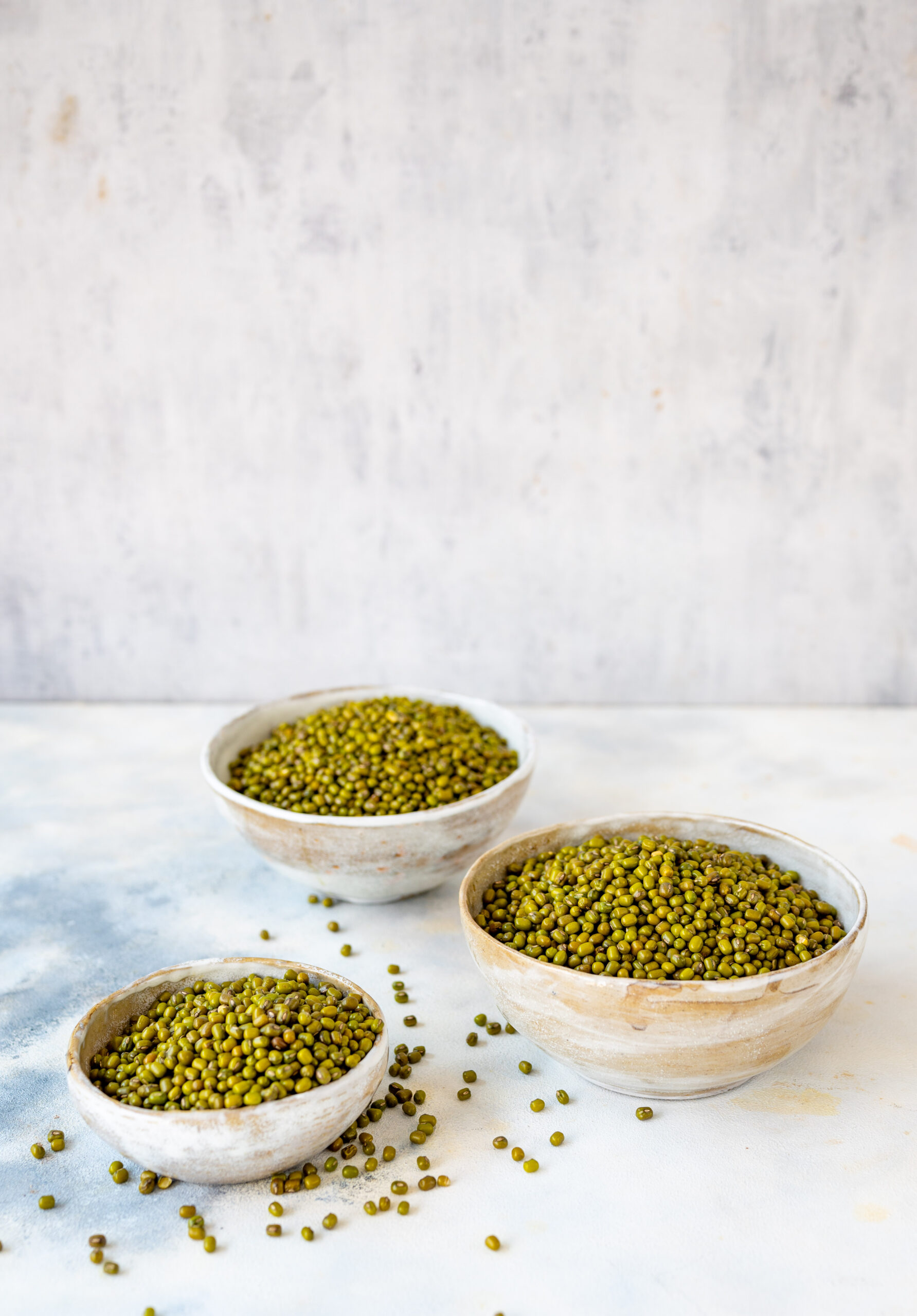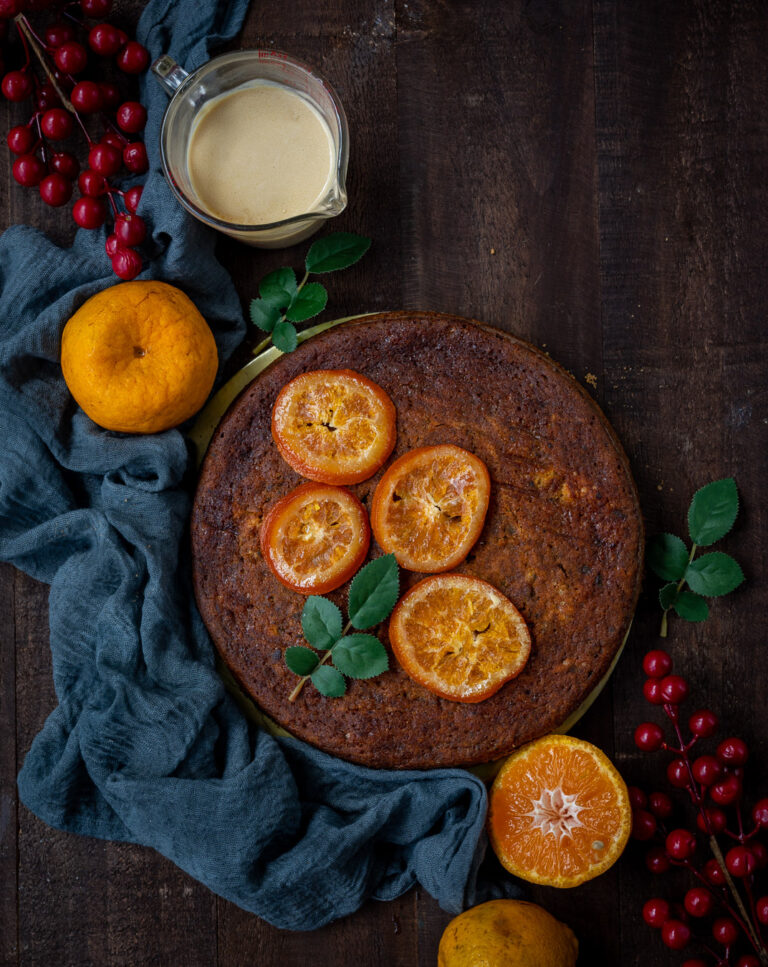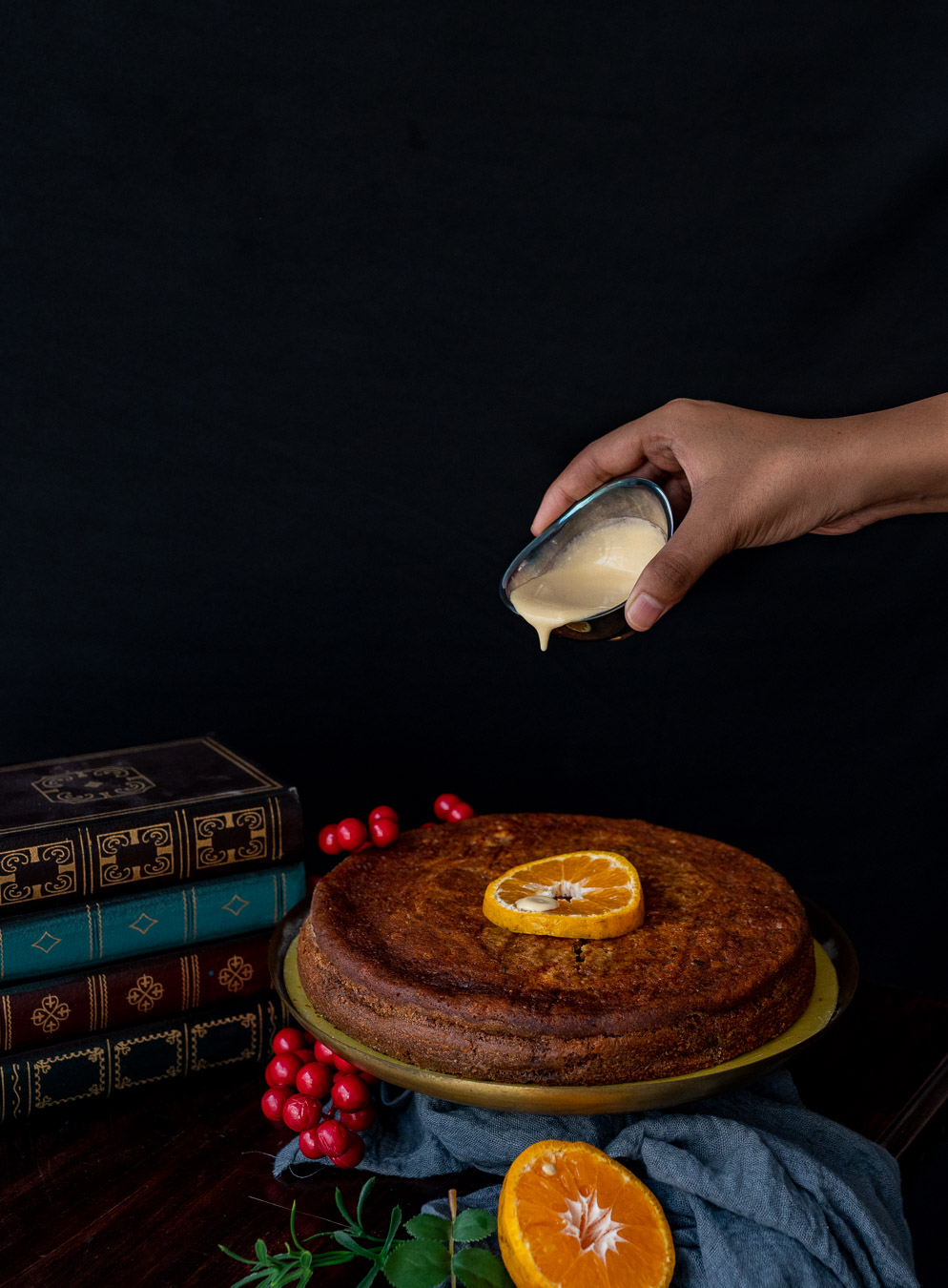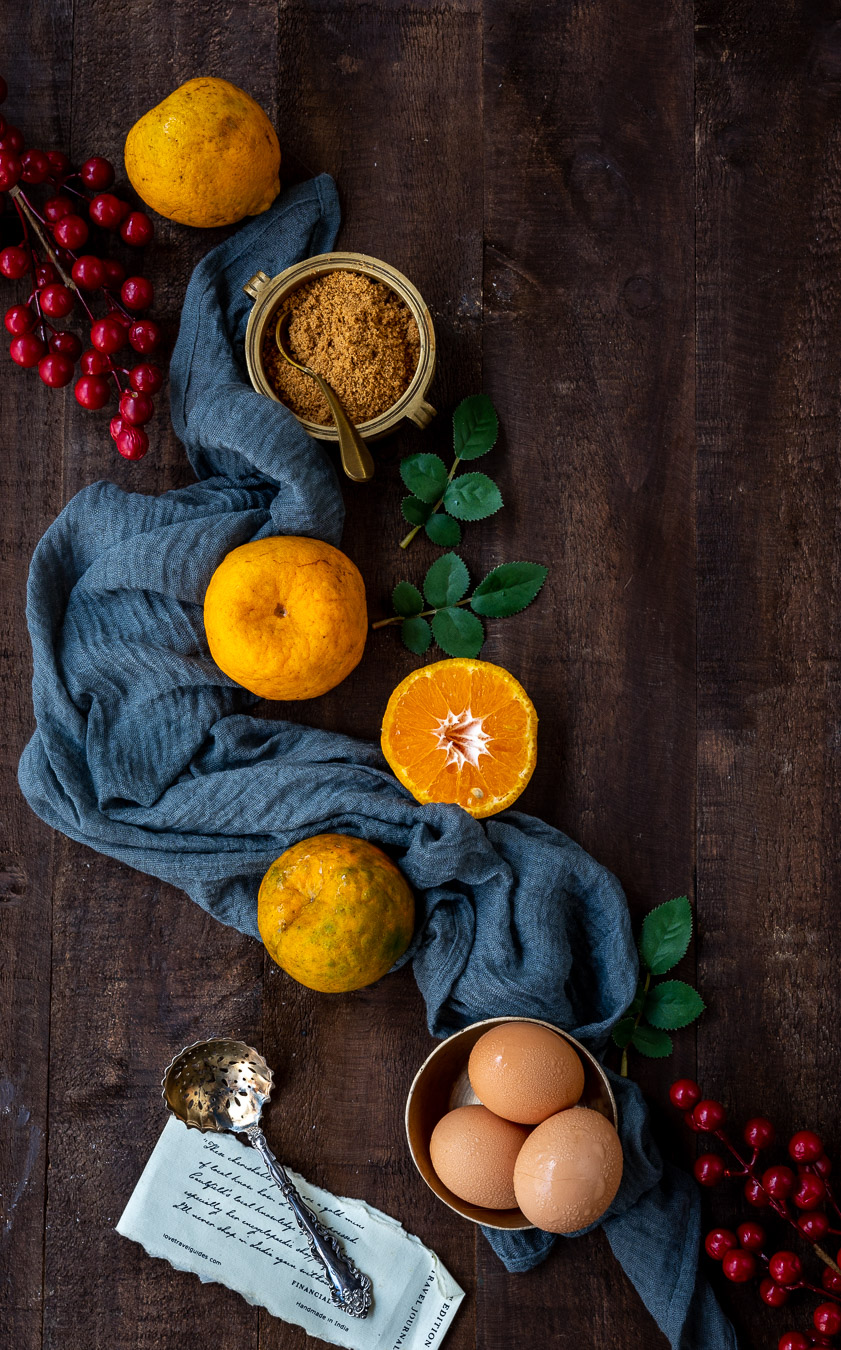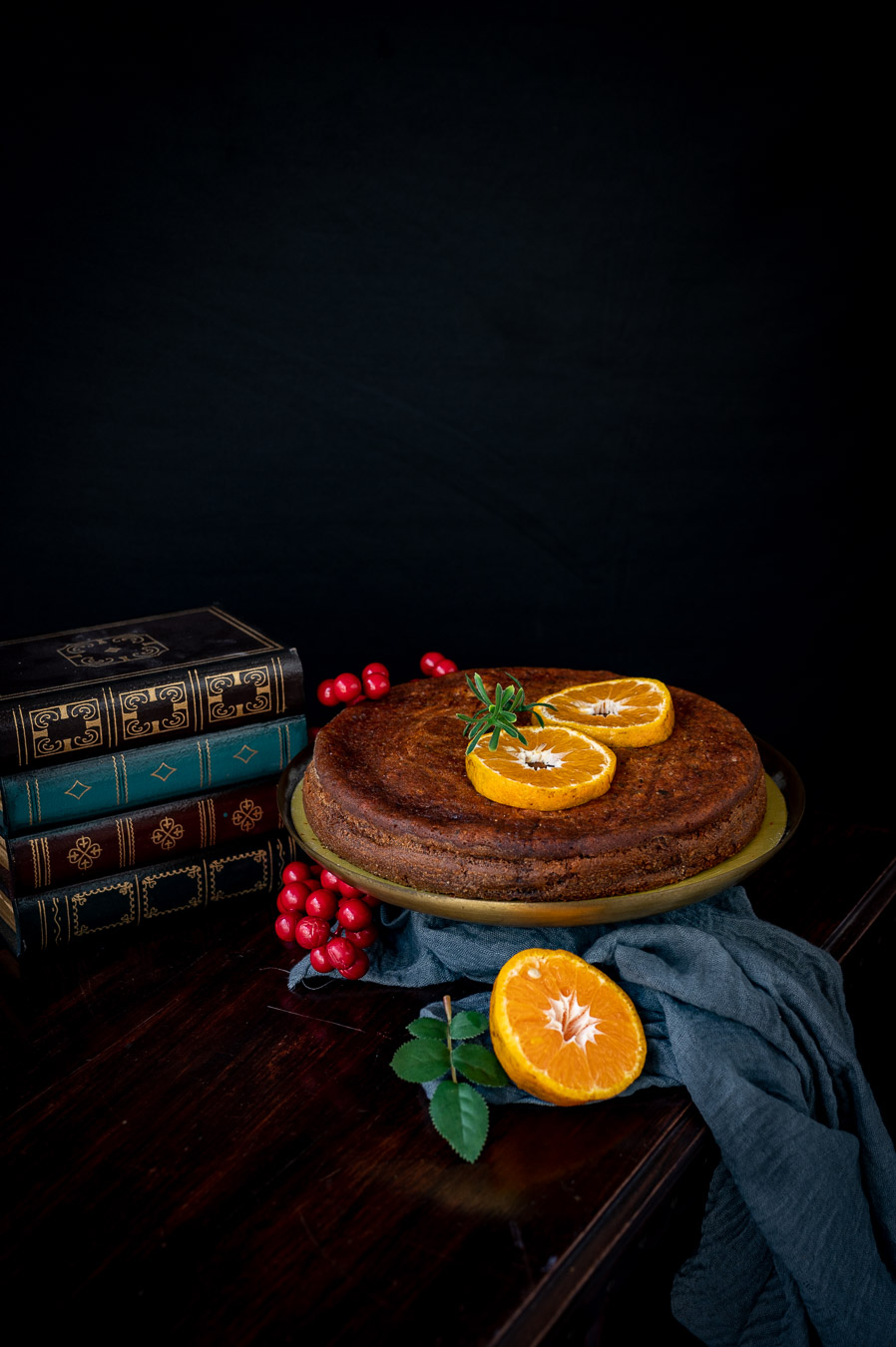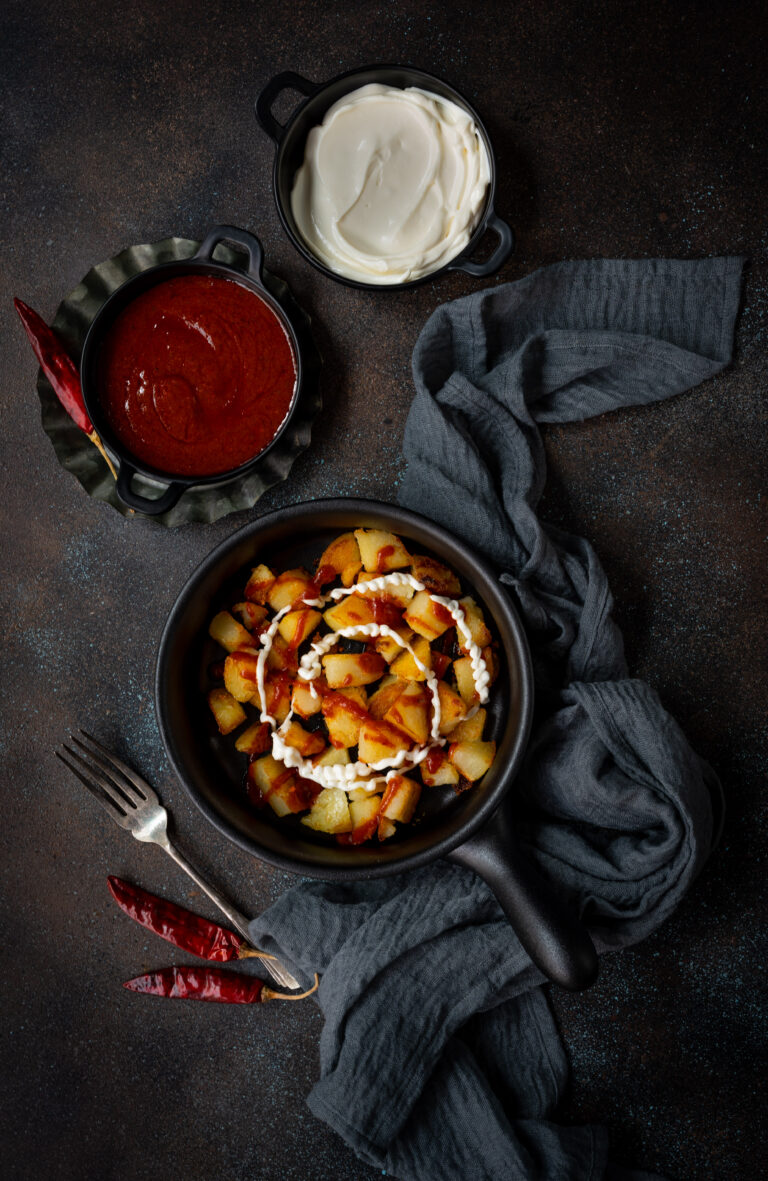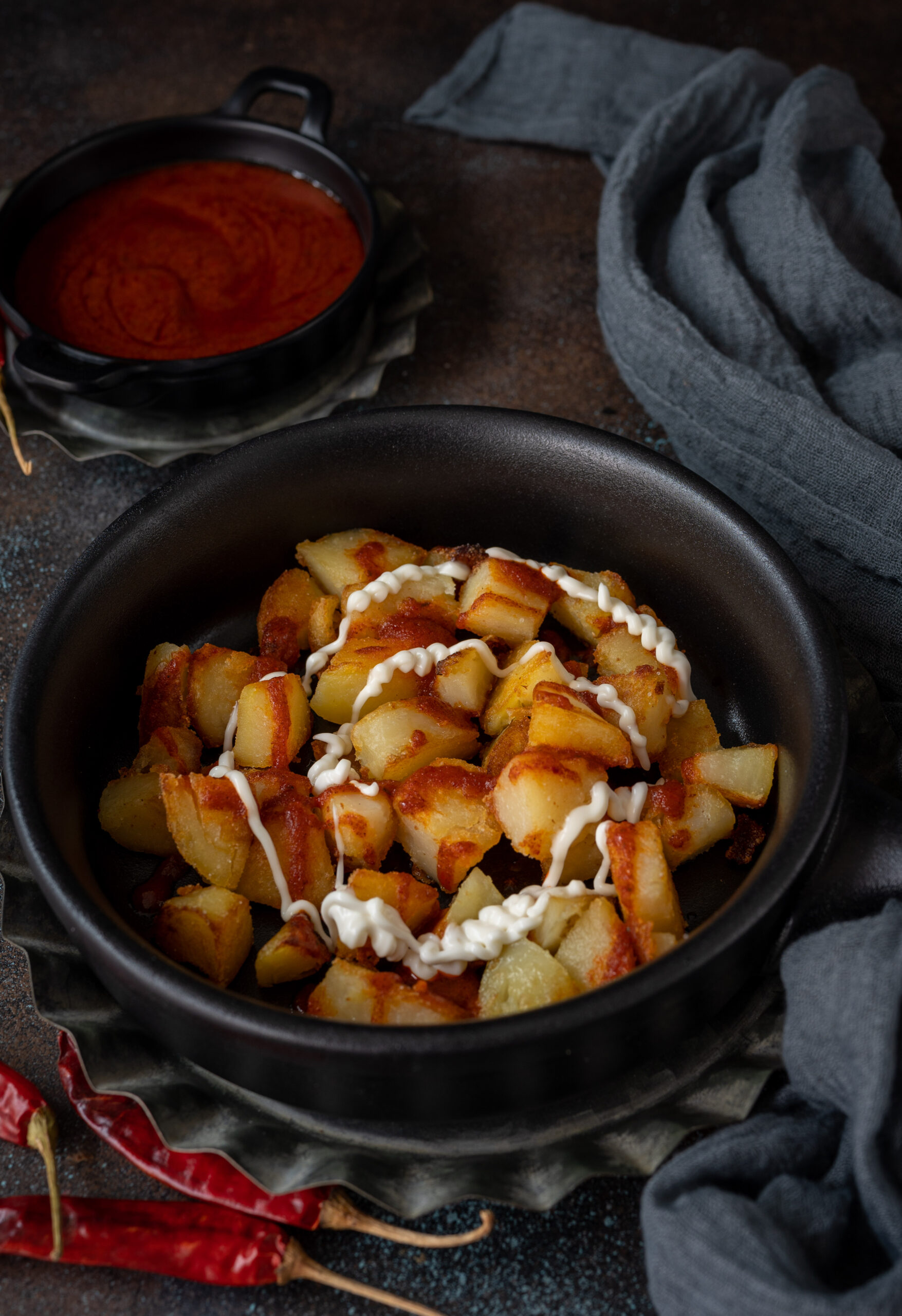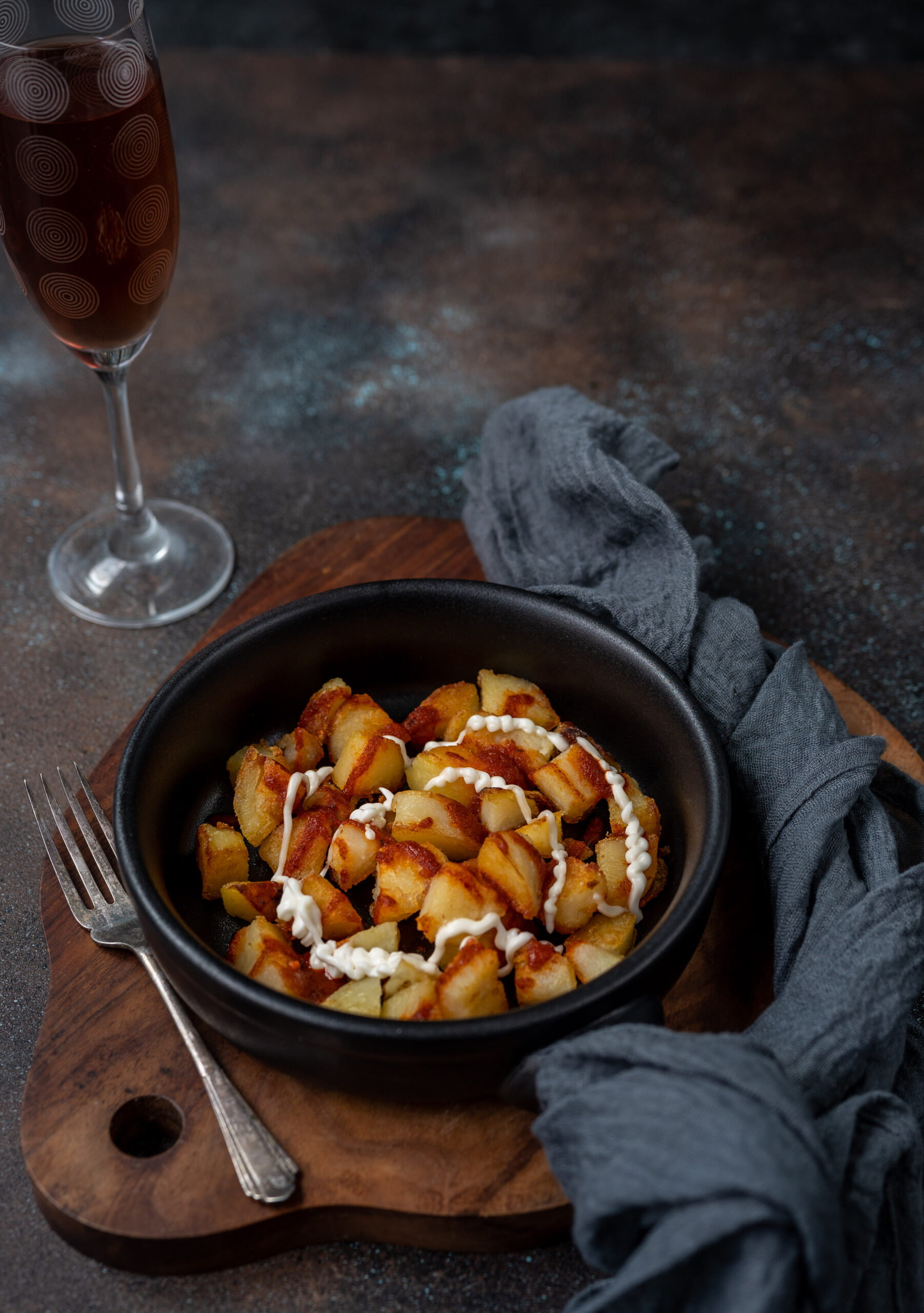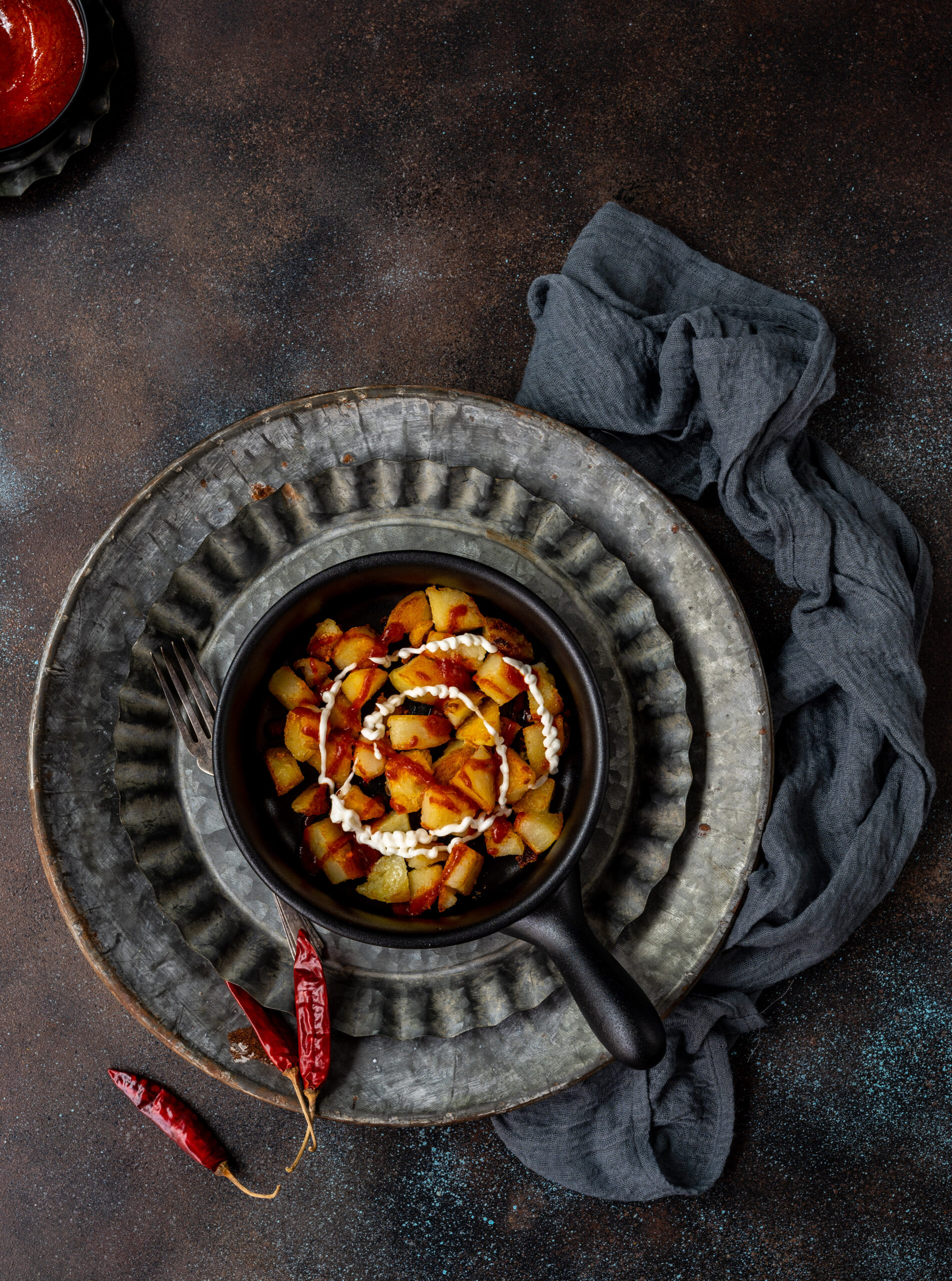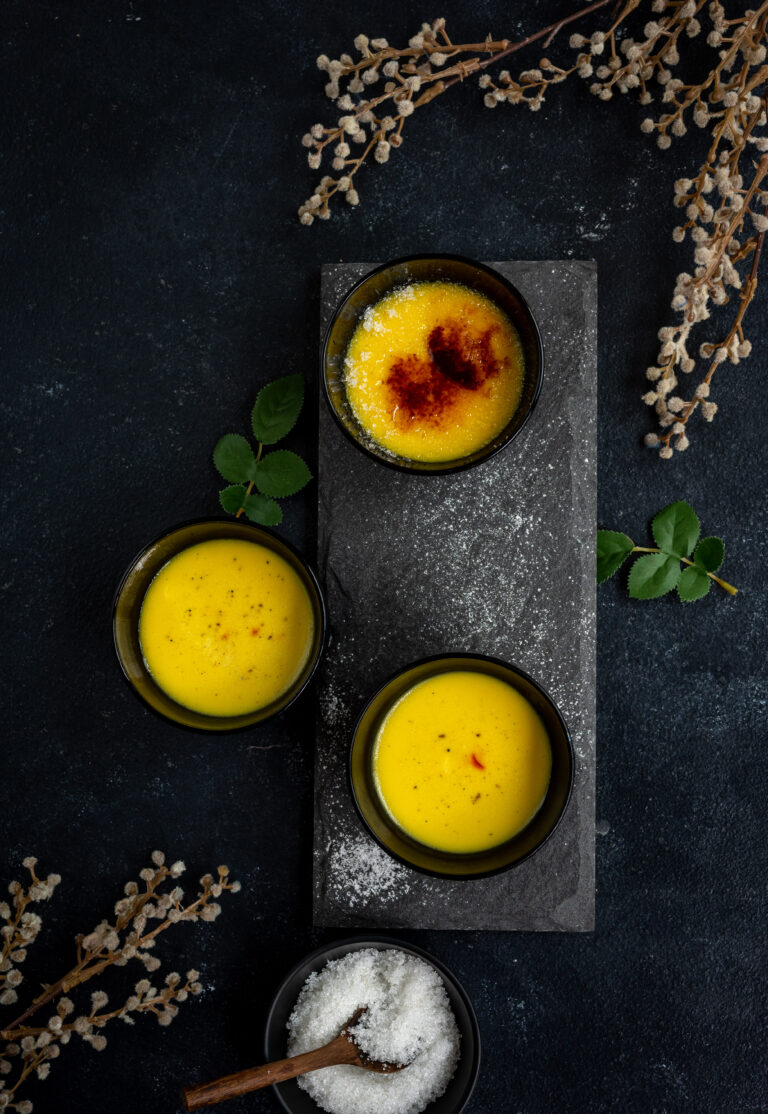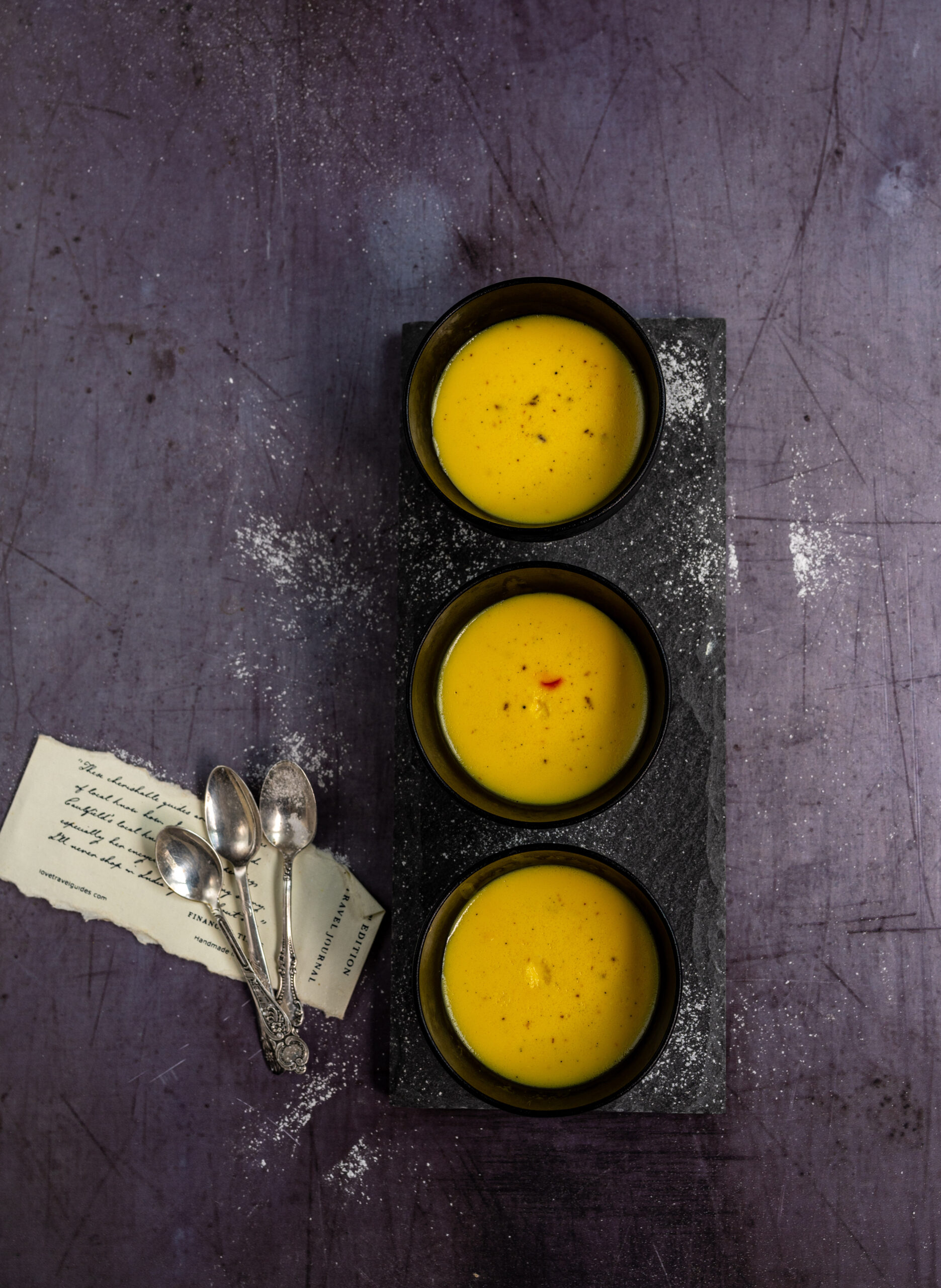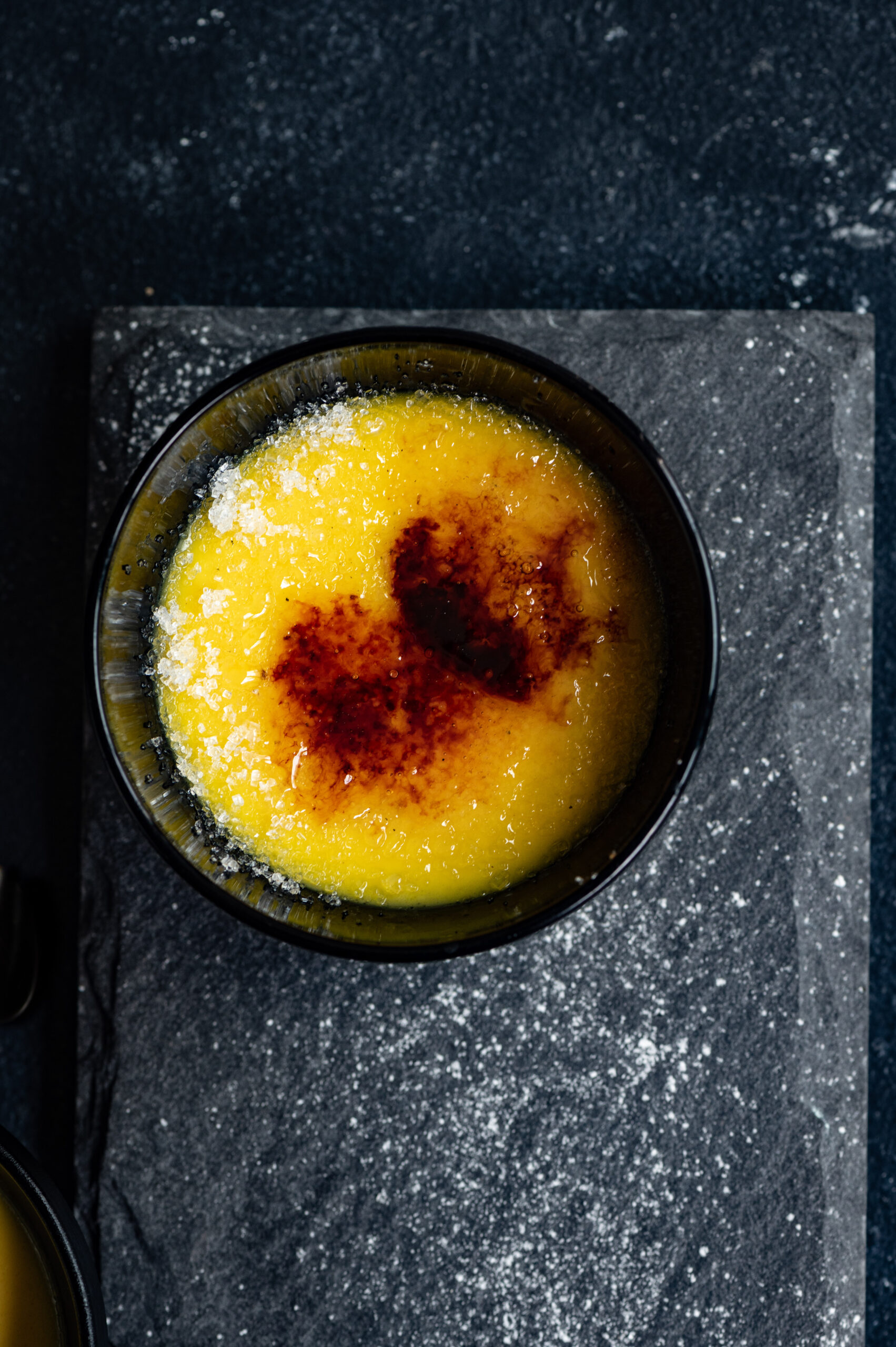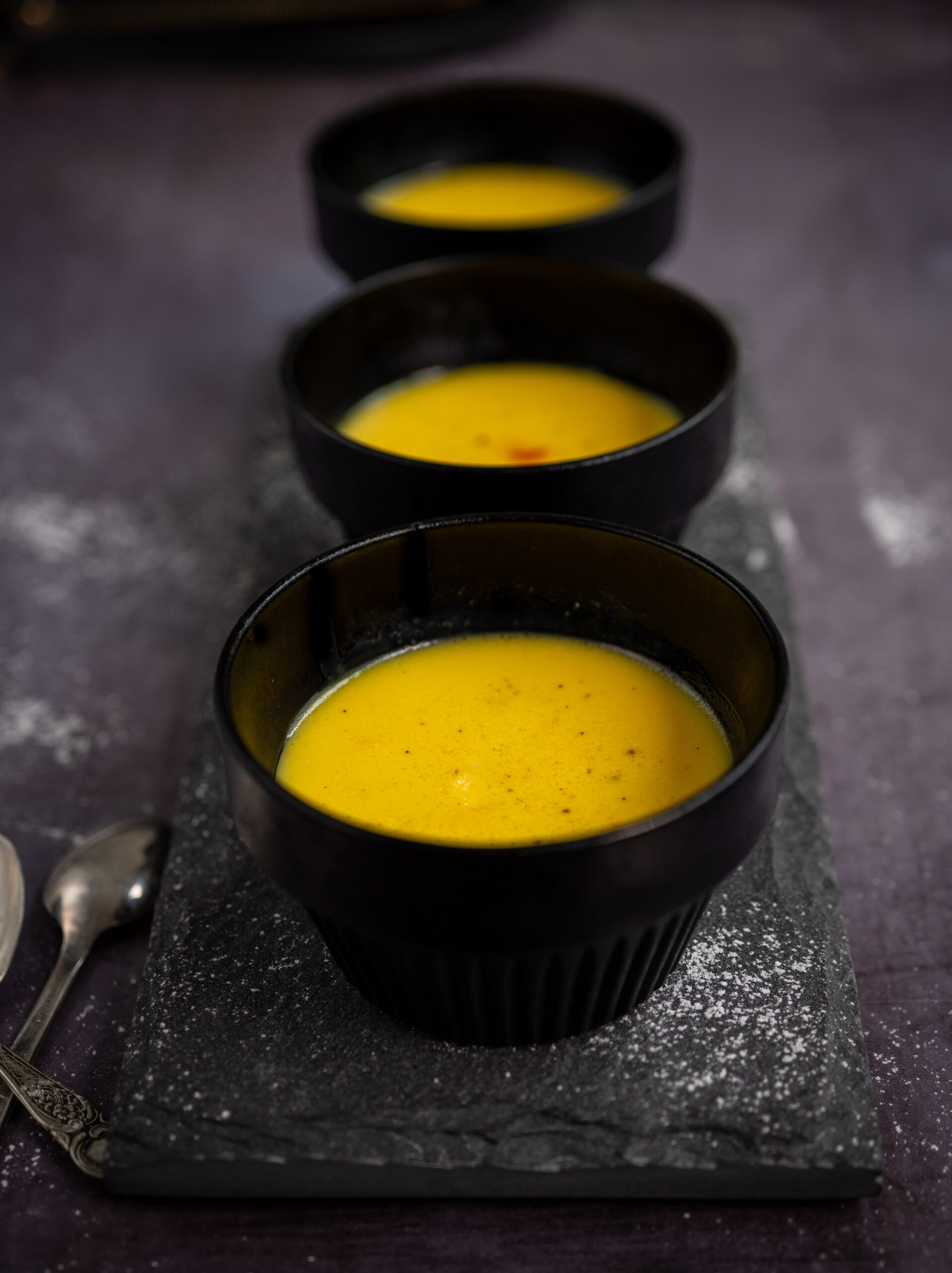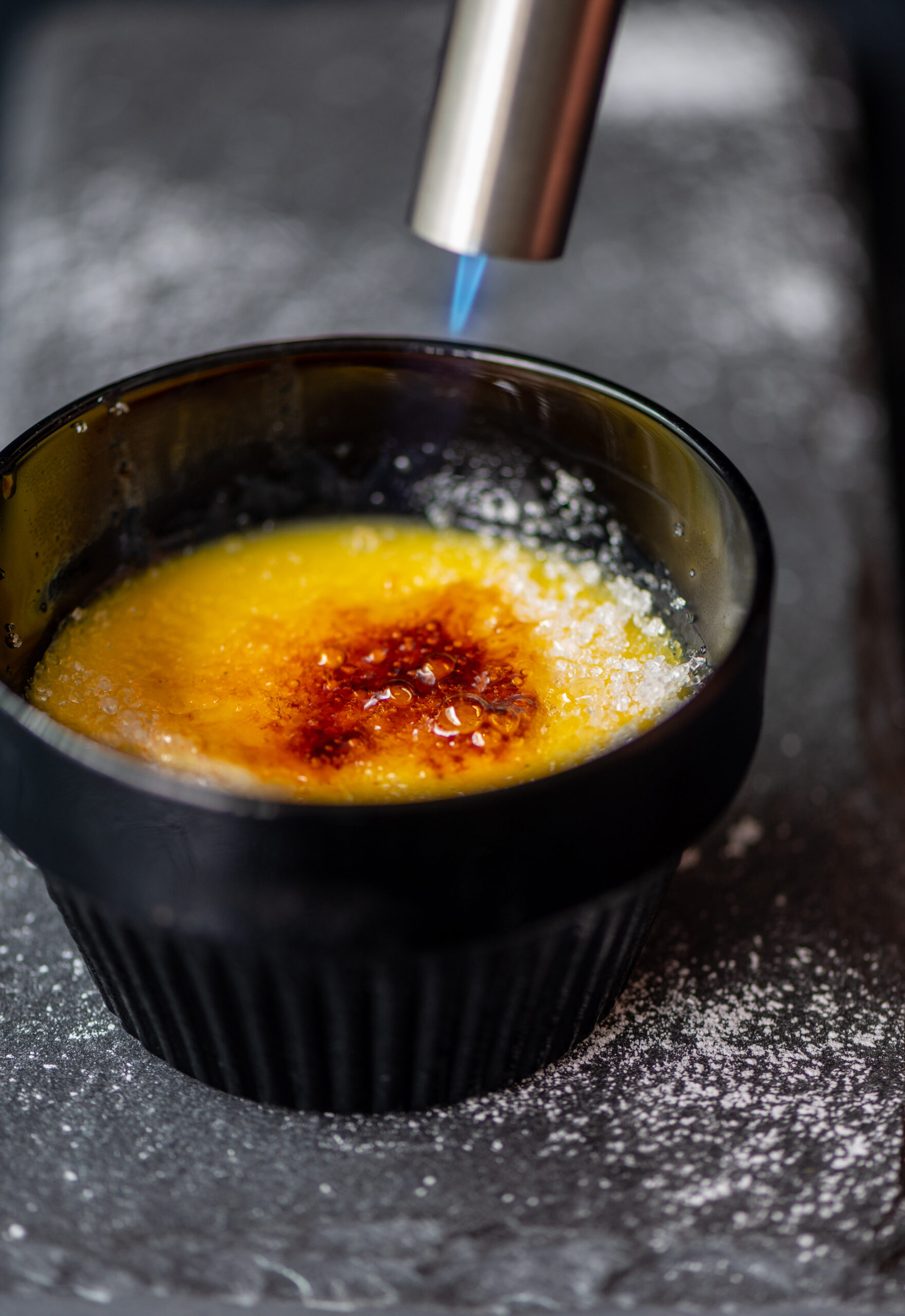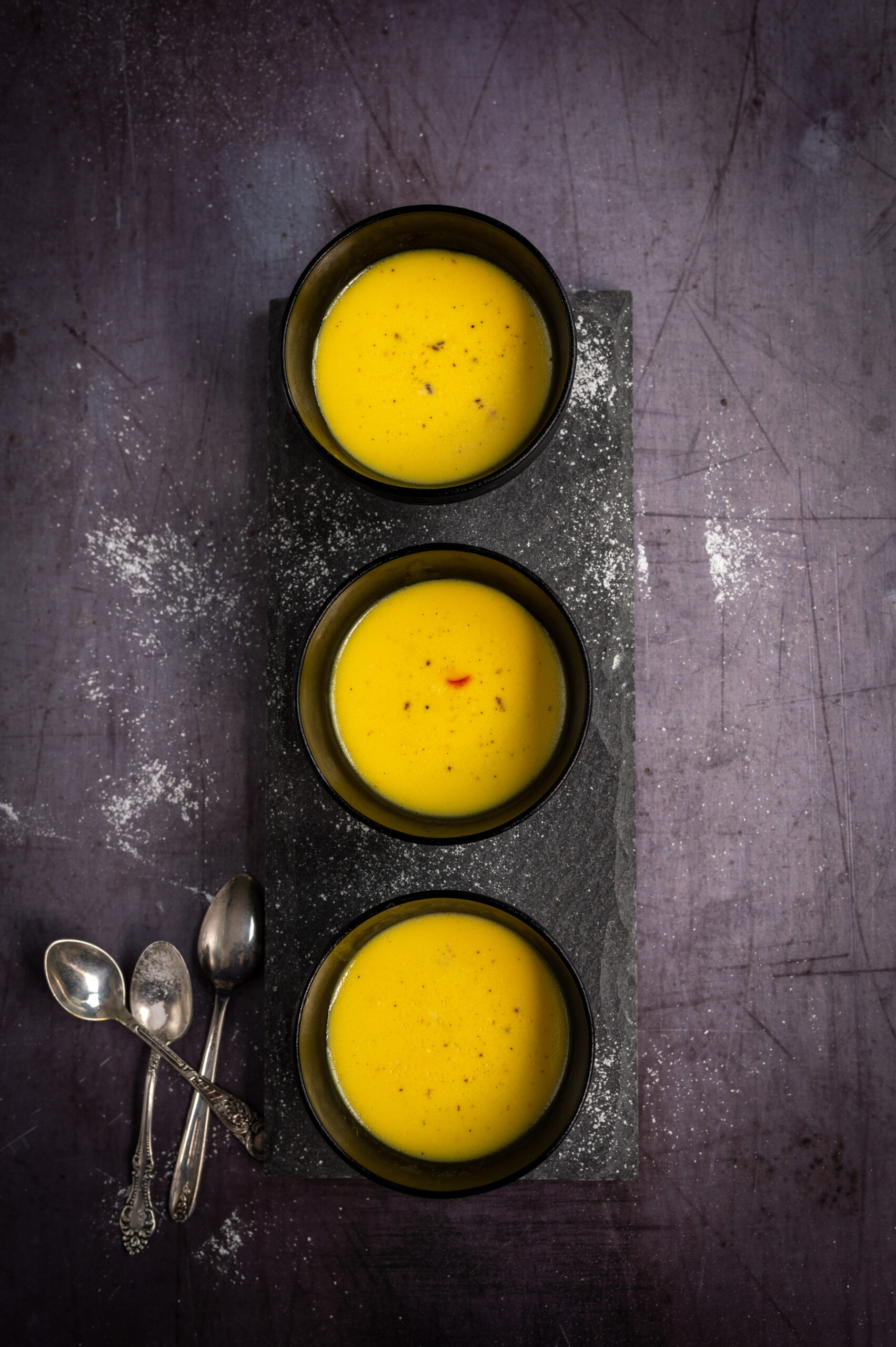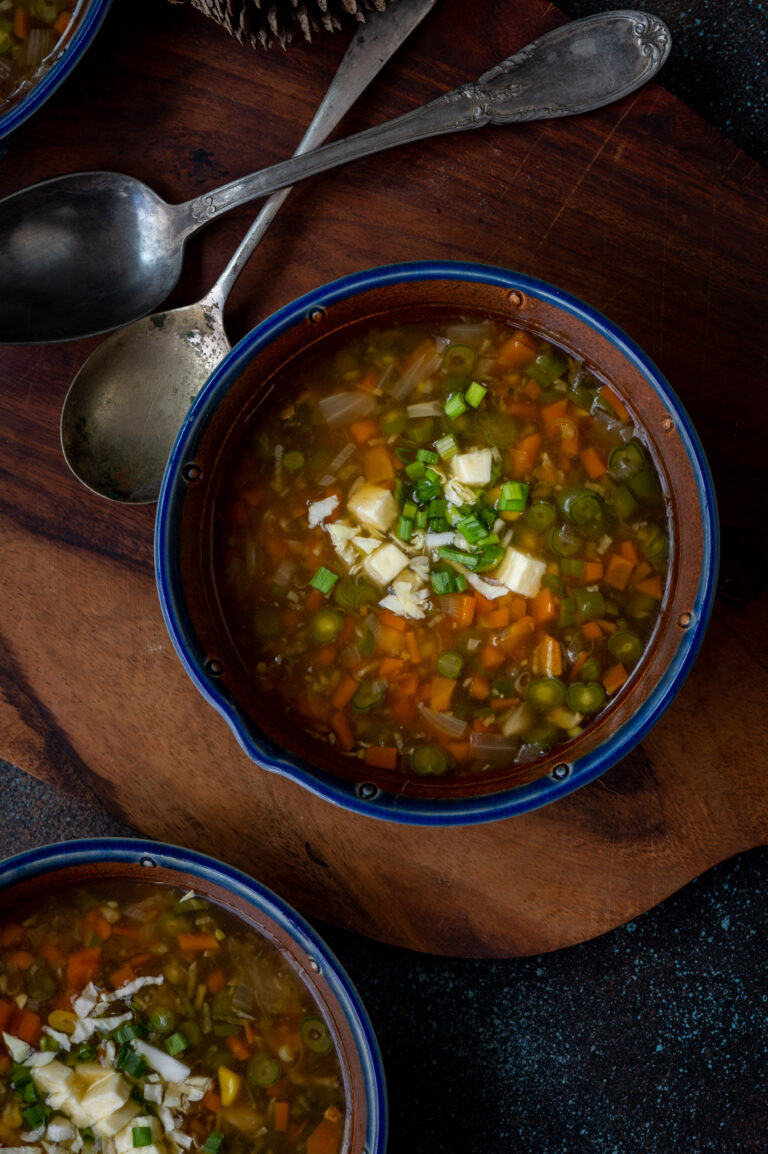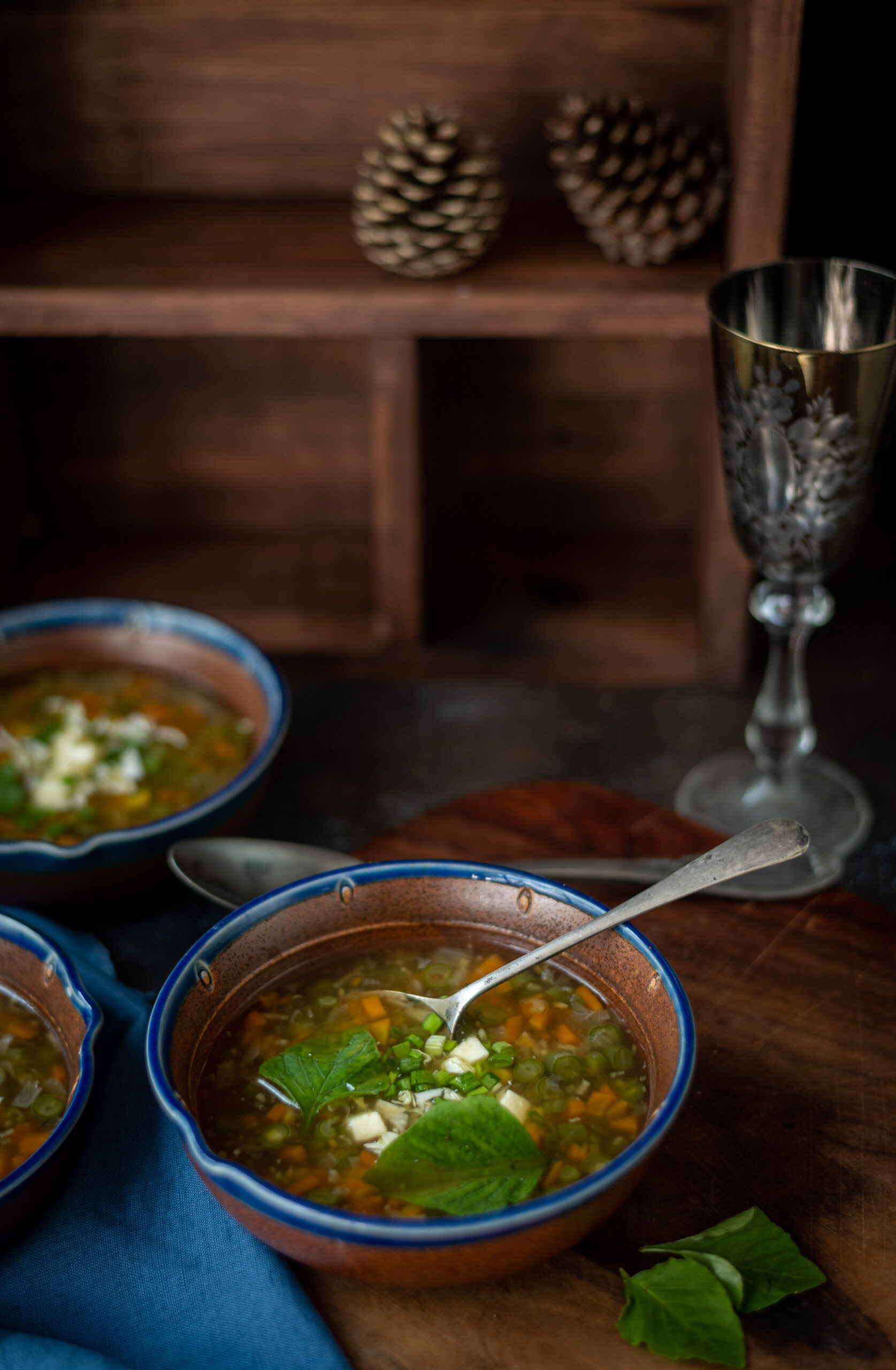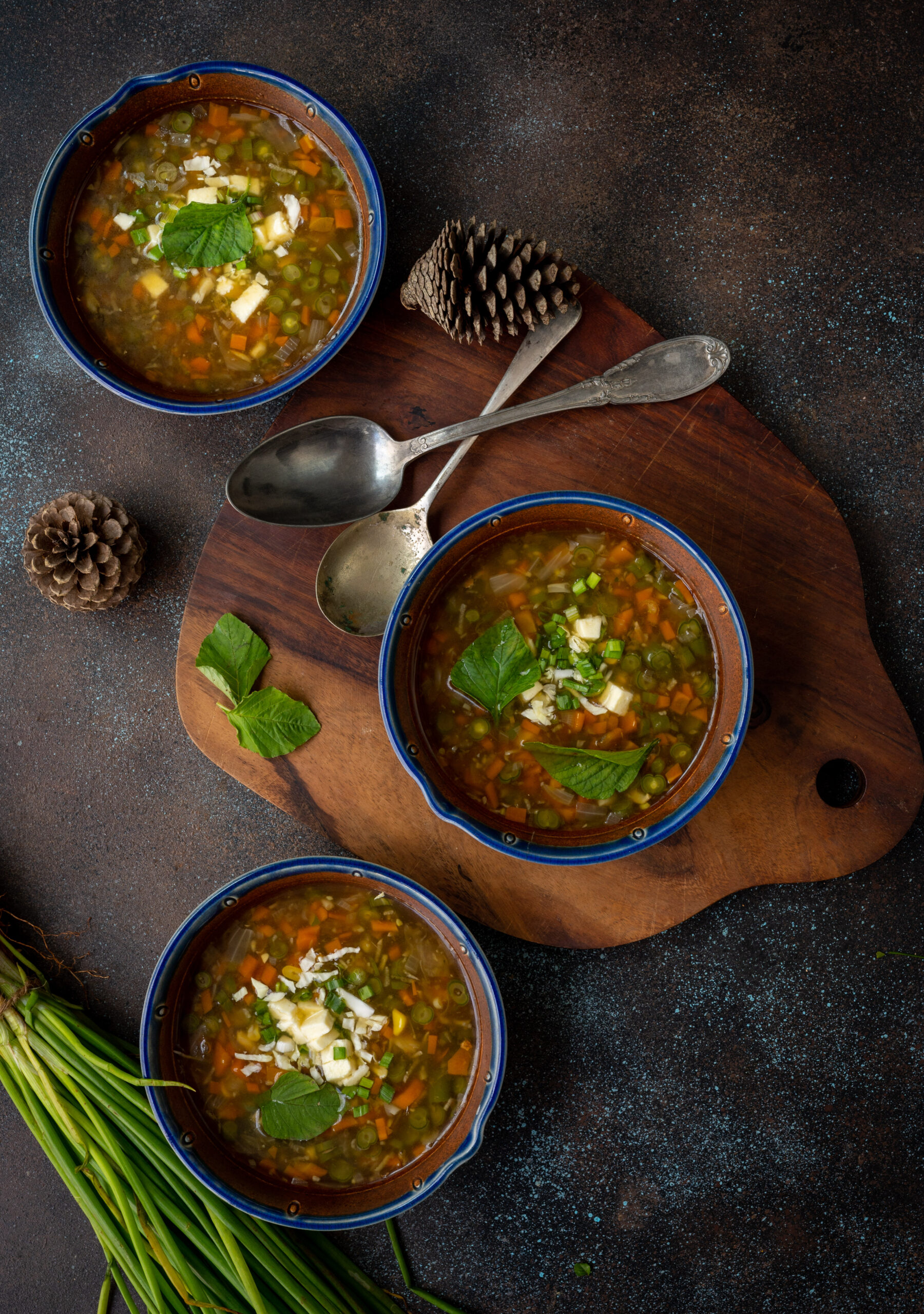I don’t know whether sabudana wada, a savoury snack made of mashed potatoes with a coating of tapioca pearls, is a typically Maharashtrian dish or a typically Gujarati dish – but that to me is the beauty of India. Cultures blend and co-exist, respectfully. That is who we as a country really are, and we should not forget this.
I grew up in that kind of India, and while I was growing up I knew sabudana wada as not just a Gujarati dish but one specific to the Vaishnav community. This was because it was among the items that my mother, who observed fasts called Farali in which grains were not permitted, prepared during those times. What to my mother was a religious observance was an opportunity for tasty delights to me, as a child. As a fried dish, sabudana wada was logically delicious. Other things that we ate during Farali were yam, potato and sweet potato preparations, some of which I will share with you soon.
While the dishes themselves were something I always appreciated and looked forward to, it is only with maturity and hindsight that I am able to see just how important those traditions were to my mother culturally. But more than that, I am able to appreciate how broad-minded she was in the way she raised us. She had come from a conservative family, and we lived in a joint family with our grandfather (who was with us up to the age of 89). He fasted devoutly, and so did she – but never did she impose the various fasts they both kept through the calendar on my siblings and I. Despite not having a formal education, she understood intrinsically that it was wrong to force her beliefs on us.
Interestingly, her leniency meant that by seeing and admiring her example, the traditions she held dear actually became imbued in us. I can see them live on in my daily life now, in the rituals I observe and the food I consume. The next generation, my children, who were raised quite liberally, similarly learn about culture from my example. They see how it is a part of who I am, and it becomes a part of them too.
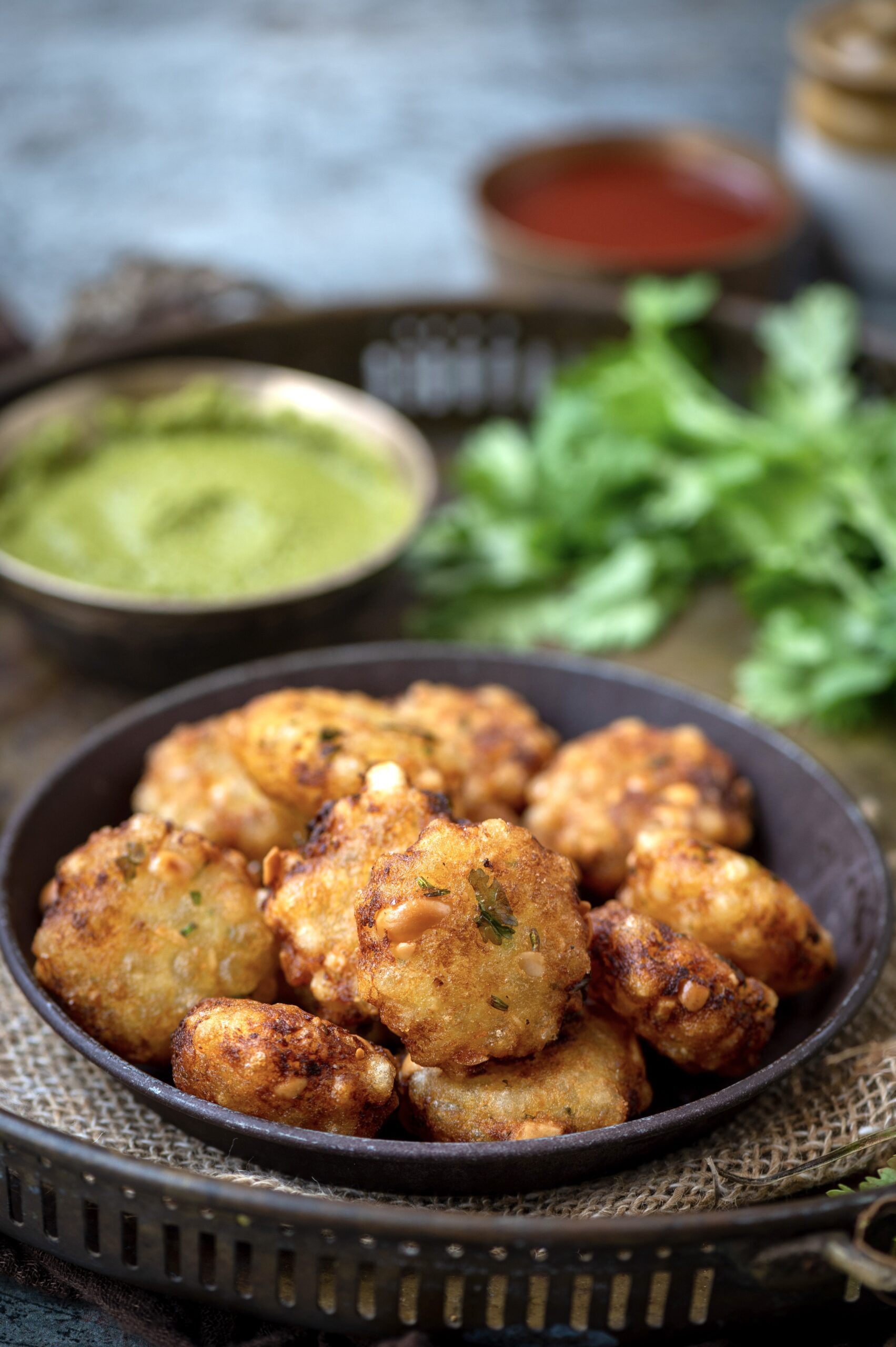
When I think about my upbringing and that of my peer group, I feel as though we were all raised in a much more harmonious and open way, even though what was common in our generation was that parents and families tended to make all the big choices on their children’s behalf. From education to career to marriage and more, these decisions were not usually in our own hands (I rebelled on a few counts to chart my own path, but the norm was always to respect one’s parents’ wishes). But our so-called conservative parents had such a natural affinity for cross-cultural exchange.
My sister and I were sent to a convent school as it had the best curriculum in the city, and I remember well how I would pray at the chapel with all my heart – and then go home to eat authentic Vaishnav Gujarati meals and pray in my family’s altar too. I had a burqa-wearing friend at that same convent school too, and she is but one example of the mix of communities, languages and backgrounds that we grew up with. At school, it didn’t matter to anyone at all whether you wore a bindi or a hijab, as long as your shoes were polished and your uniform was pressed and your nails were tidily cut.
We had so many perspectives to open our minds. We played together, studied together and broke bread together without thinking of the differences between us – because where it really mattered, there were none.
That was the India I grew up in, one in which diversity was celebrated and not considered unusual in the least. If you are of my generation, I have little doubt that that was the India you grew up in too. Let’s not forget where we came from. Personally, I see food as going a long way in restoring that harmony.
On that note, let us return to the topic of sabudana wada – a lovely Indian snack for everyone to enjoy, background no bar. Just bring your appetite and a warm, open heart.
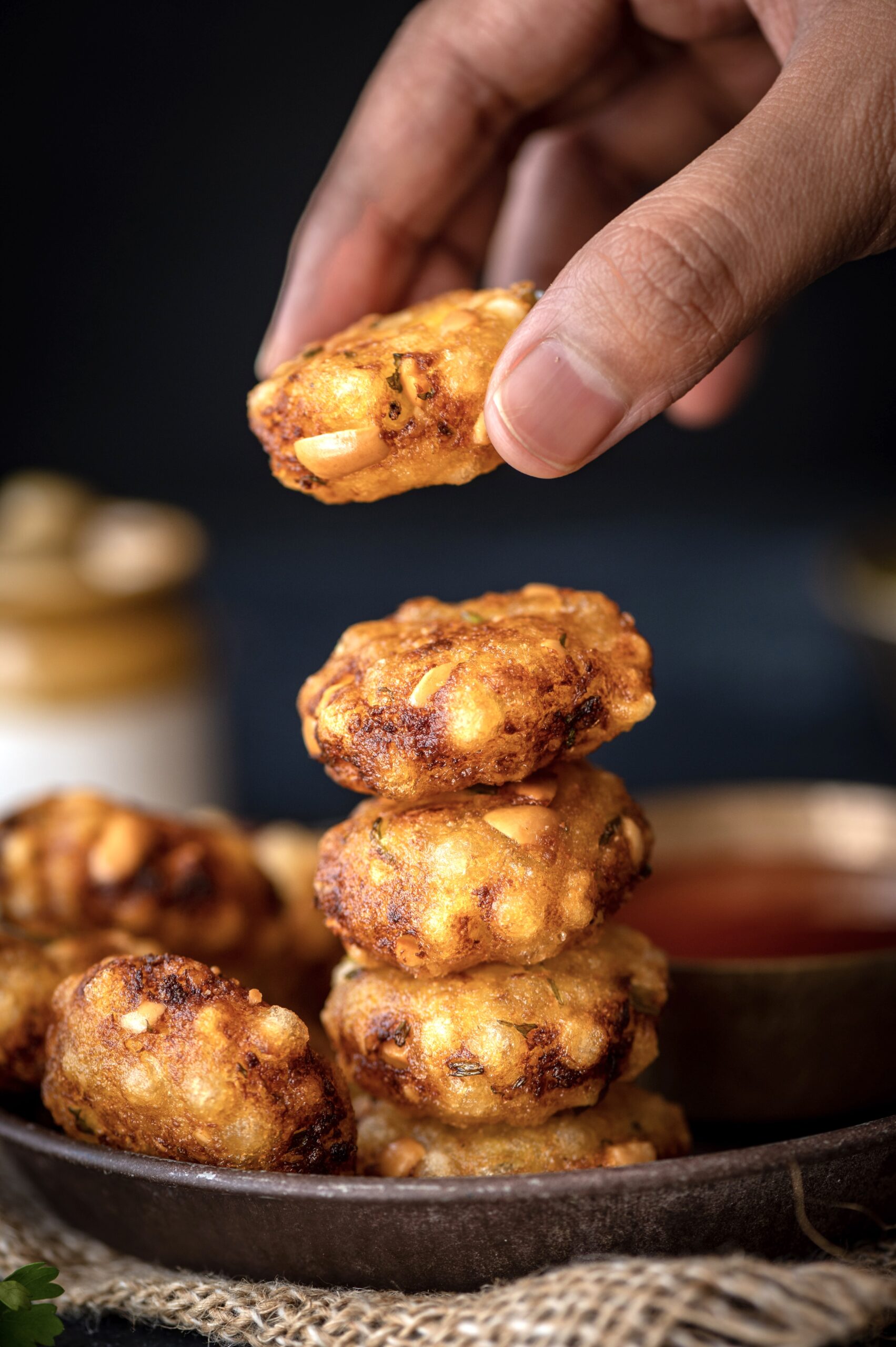
Sabudana Wada
(Yield: Approximately 10)
½ cup raw tapioca pearls (will become 1 cup)
2 tablespoons crushed peanuts
1 cup boiled and mashed potato
1 teaspoon ginger green chilli paste
Salt to taste
2 tablespoons coriander leaves (finely chopped)
1 teaspoon sugar
3-5 drops lemon juice
Oil for frying
Clean and wash the tapioca pearls and then soak them for 4-5 hours. Strain the water. Make sure it is strained well. The pearls need to be dry to the touch. If needed, you can spread them over a thin cloth and allow them to dry a little.
Next, boil the potatoes until tender. Peel and mash the potatoes well while they are hot and set aside.
Now, add all the remaining ingredients together and mix well. Massage with the palms of your hands until you form a dough. Divide the dough into small discs. Sabudana wadas are ideally dainty, small and pretty, although you are welcome to make bigger-sized ones if you prefer.
In a pan on a medium flame, add oil. Heat the oil and drop the wadas and fry until they are golden and crisp on both sides.

They are now ready to be served. Enjoy with green chutney or ketchup.
Sabudana wada goes perfectly with a cup of chai. These lovely little snacks are ideal for a rainy day evening. We enjoy them very much at home, and I hope you will too.
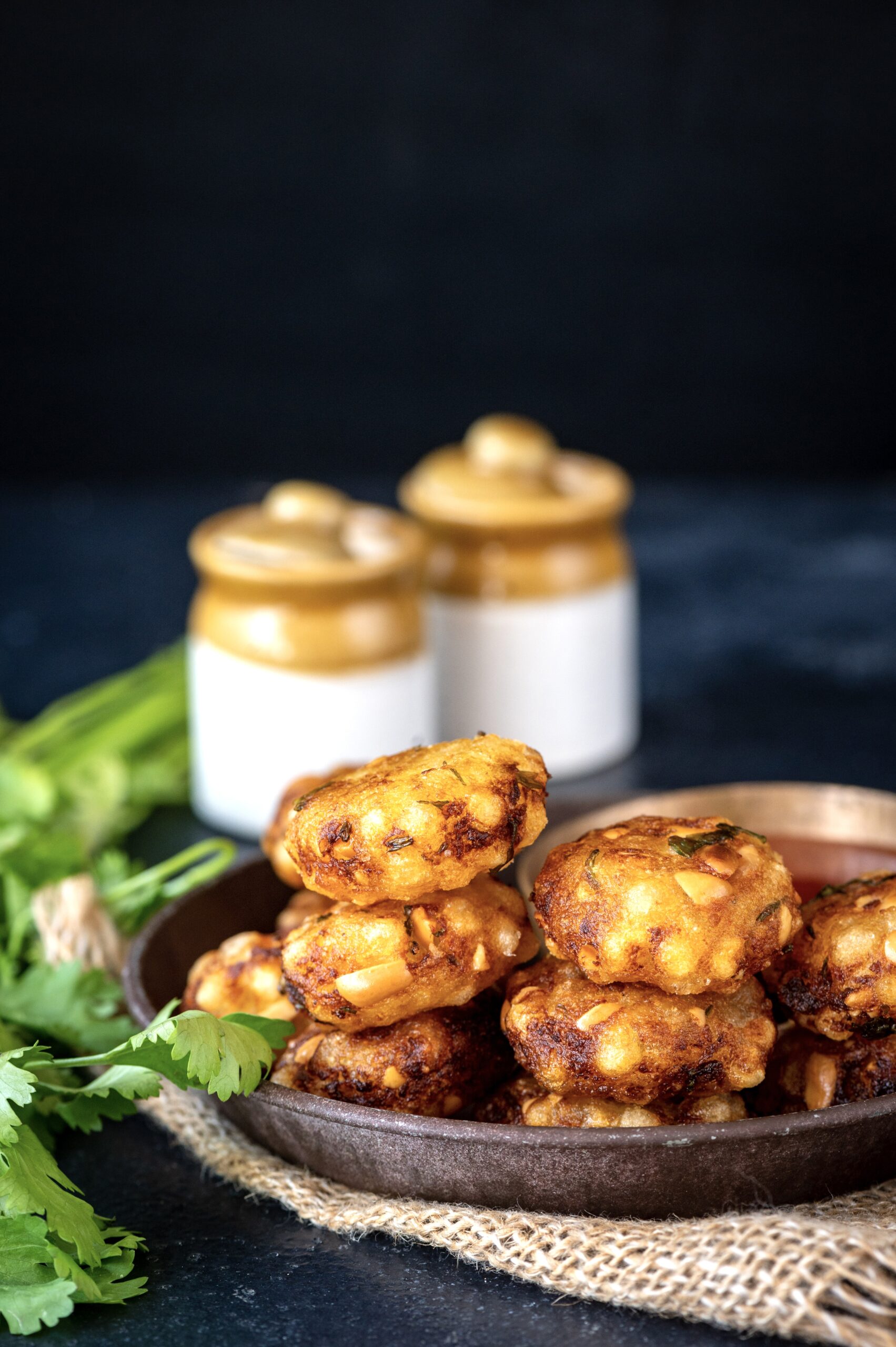

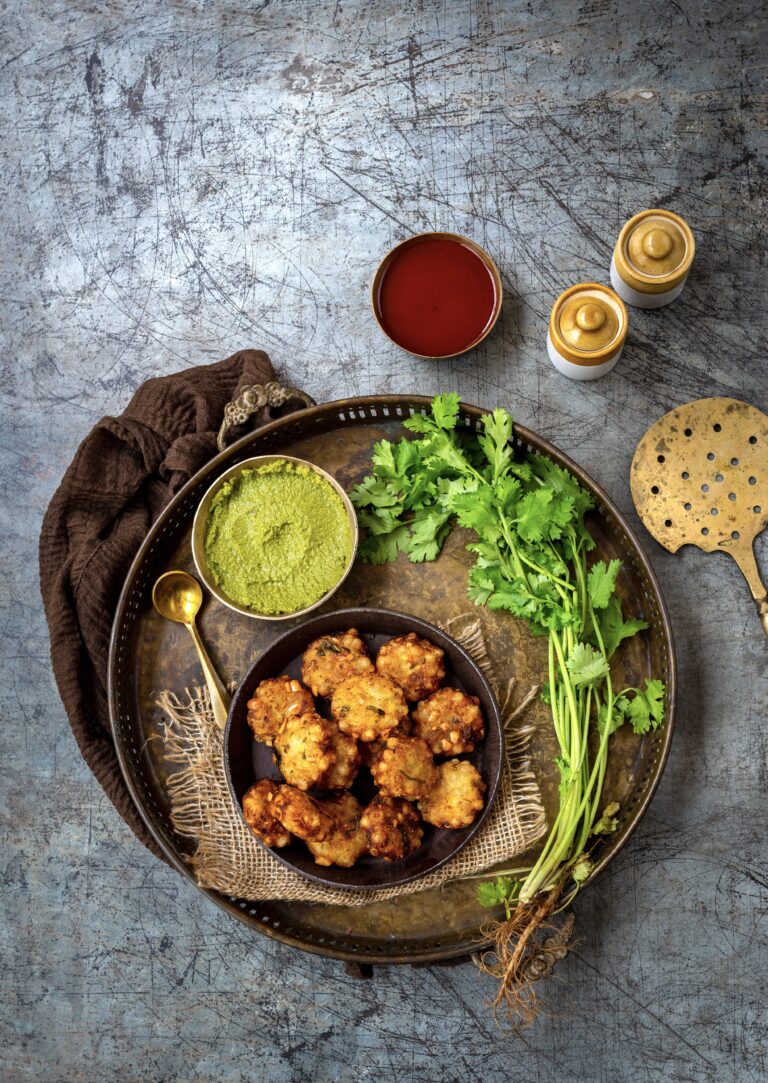
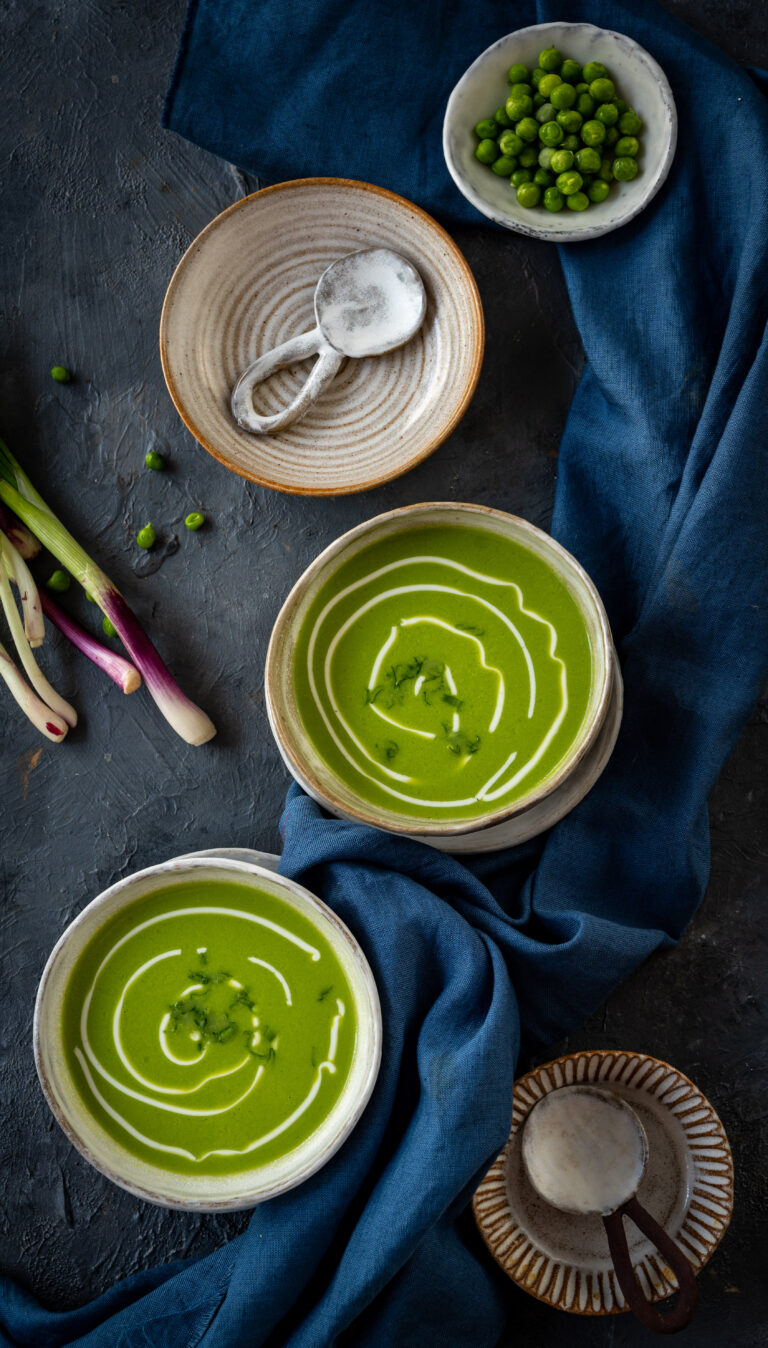

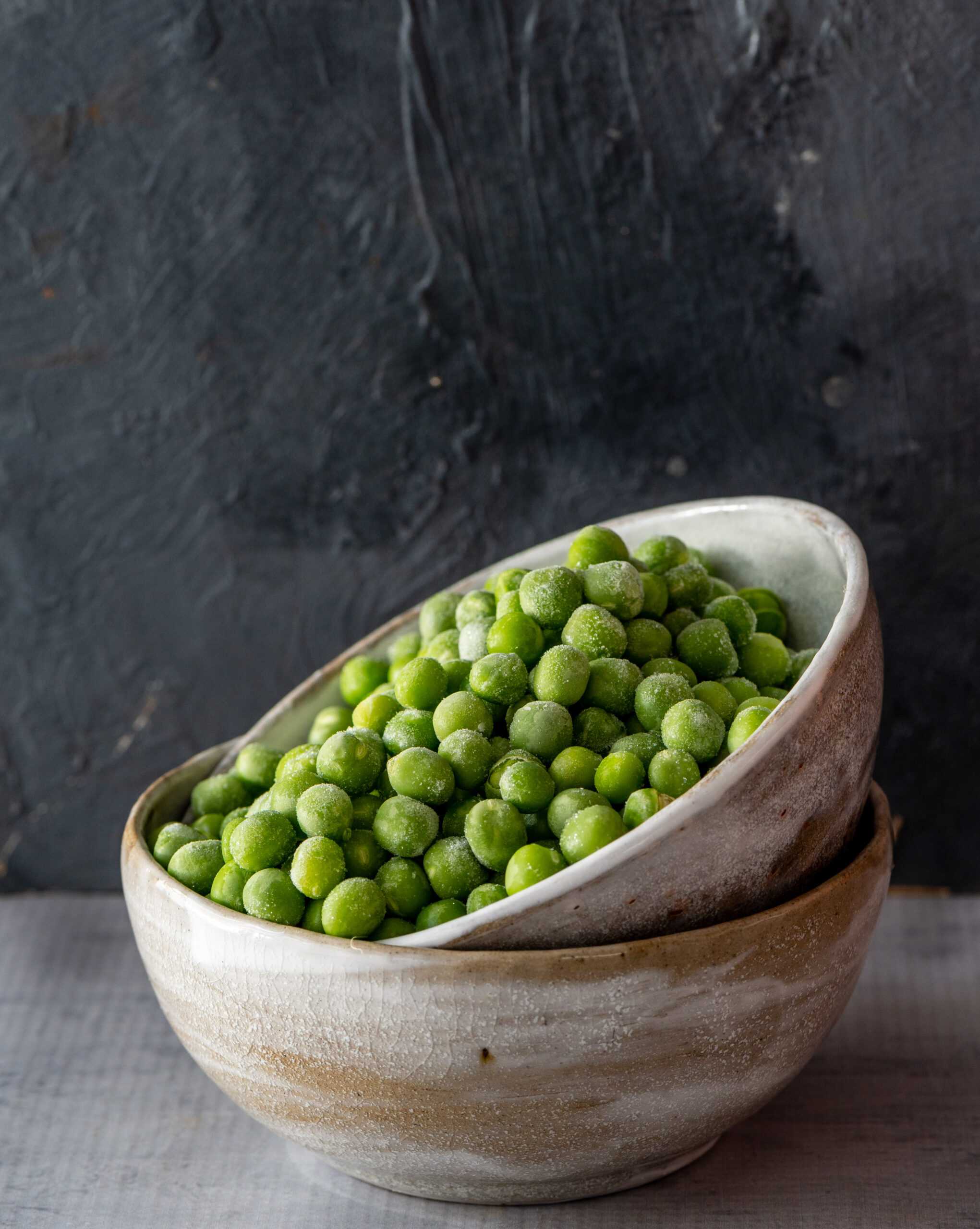
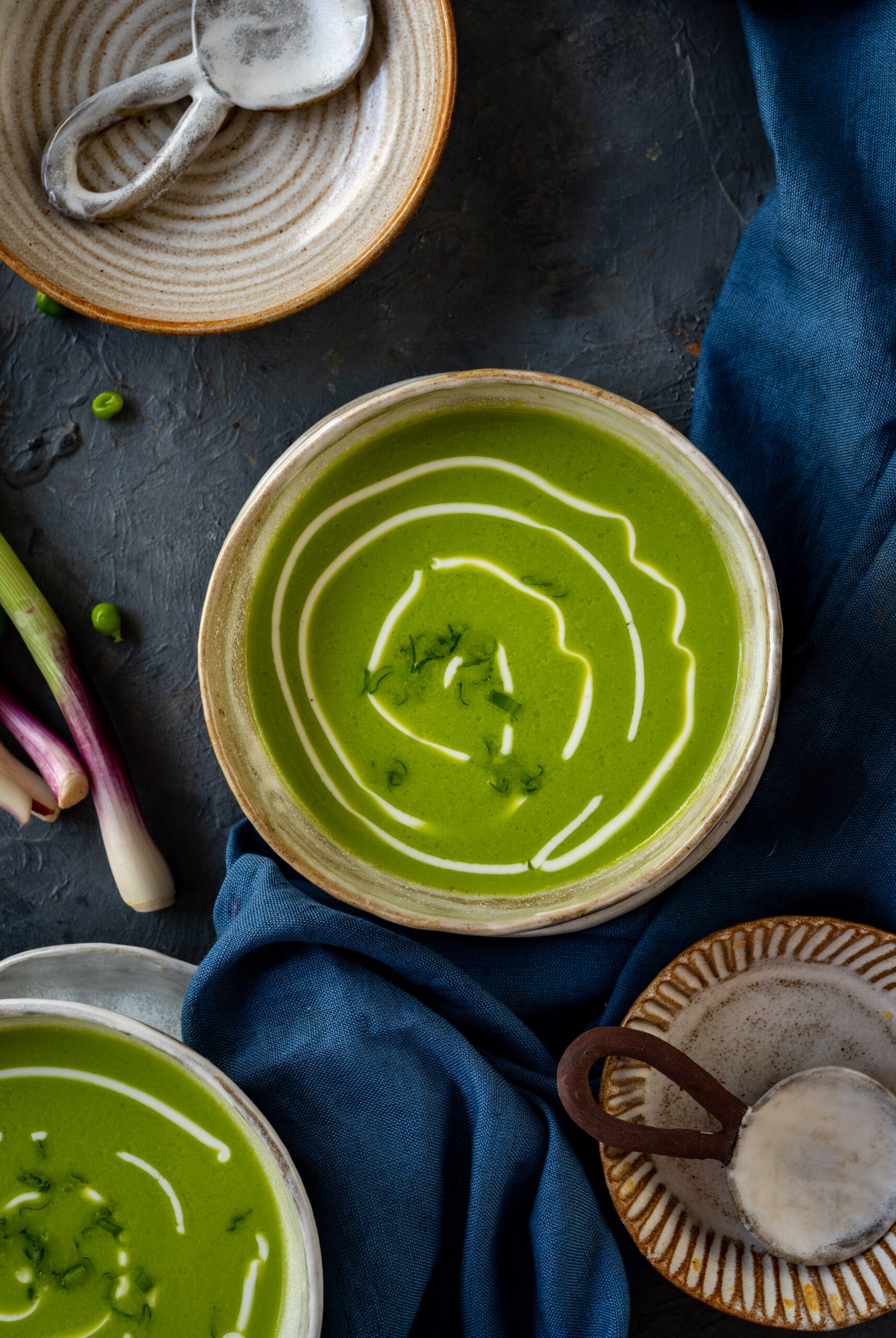
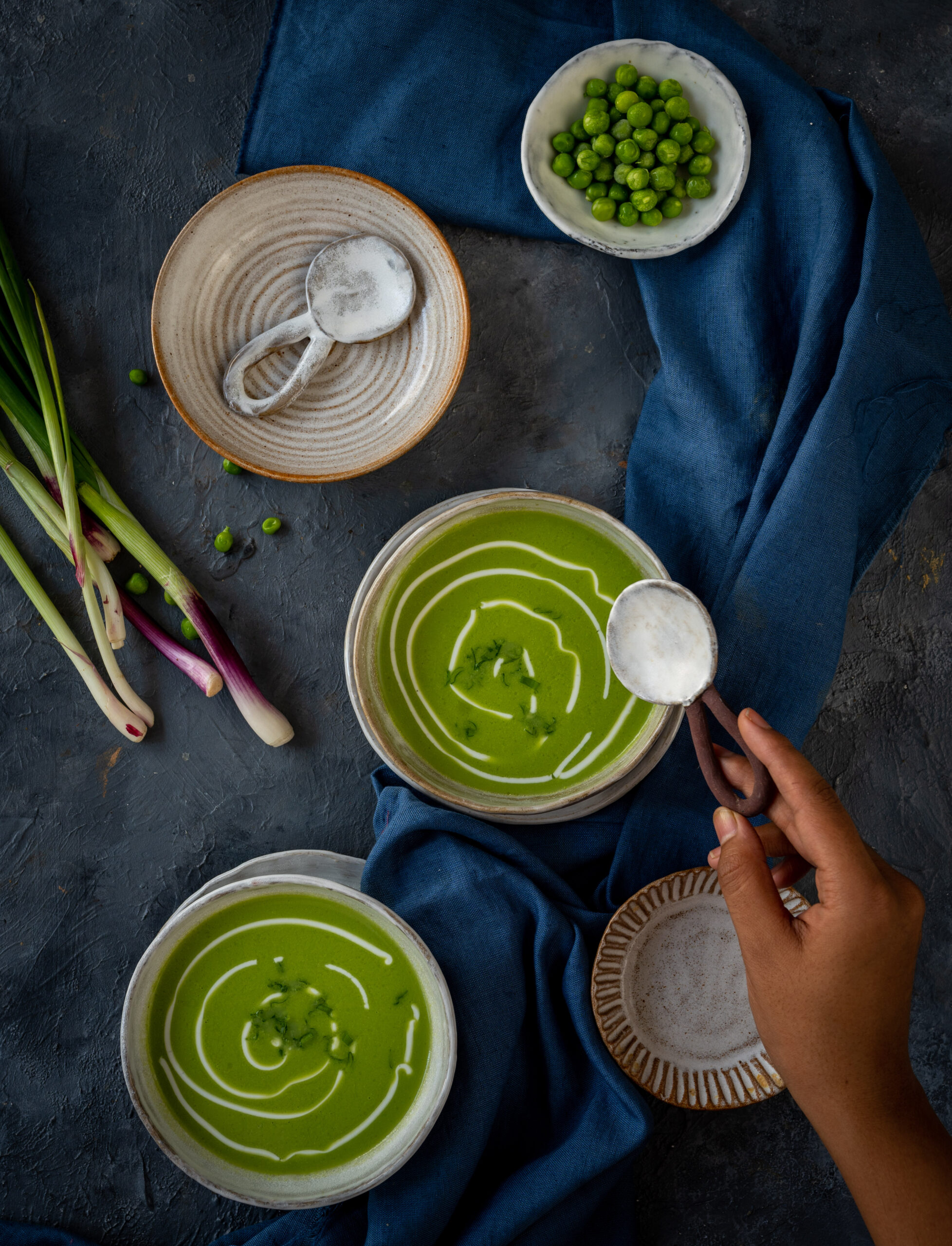
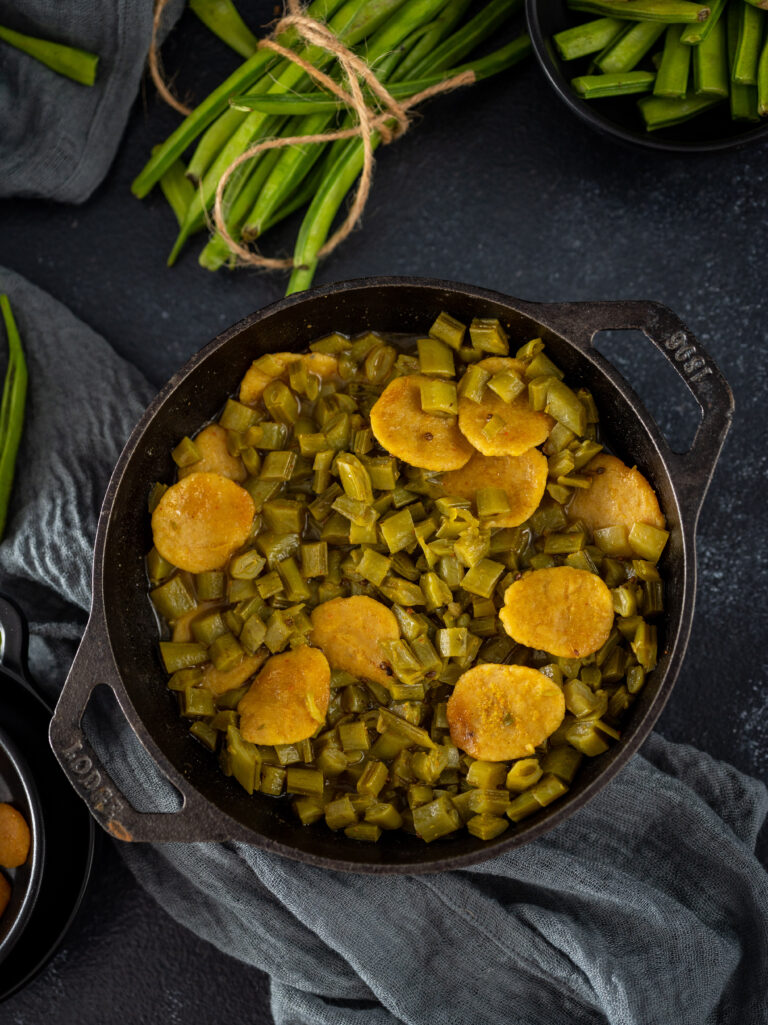
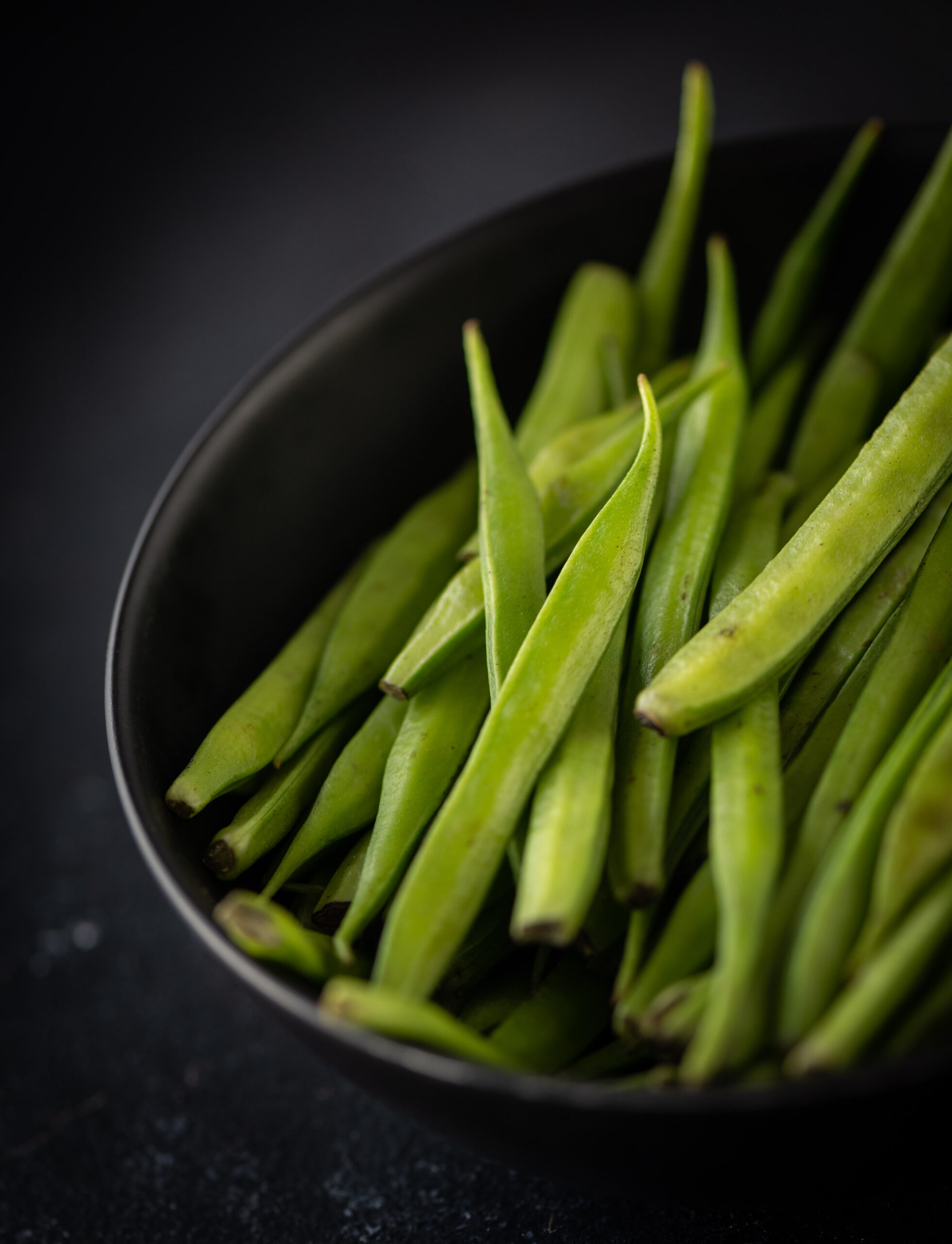
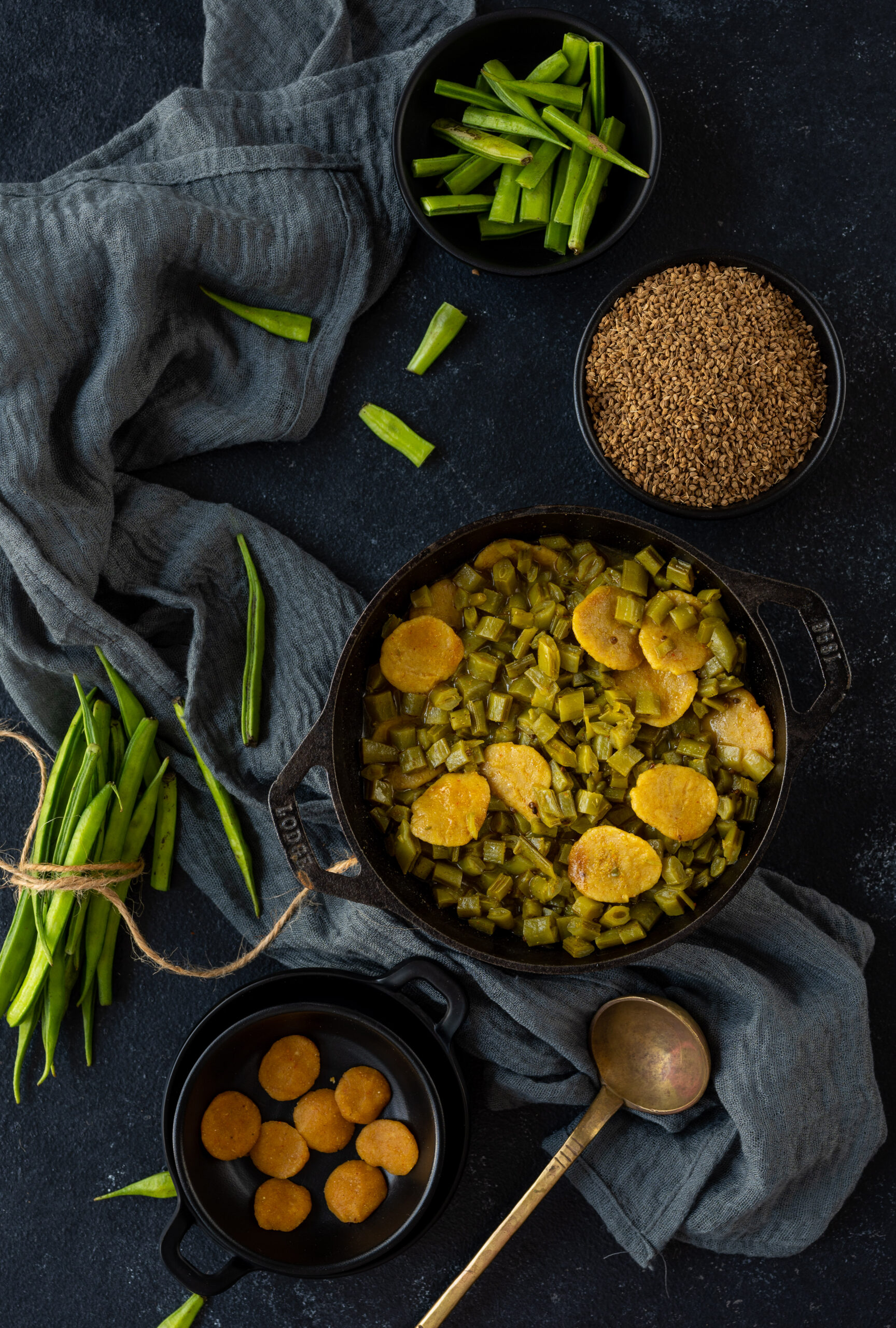
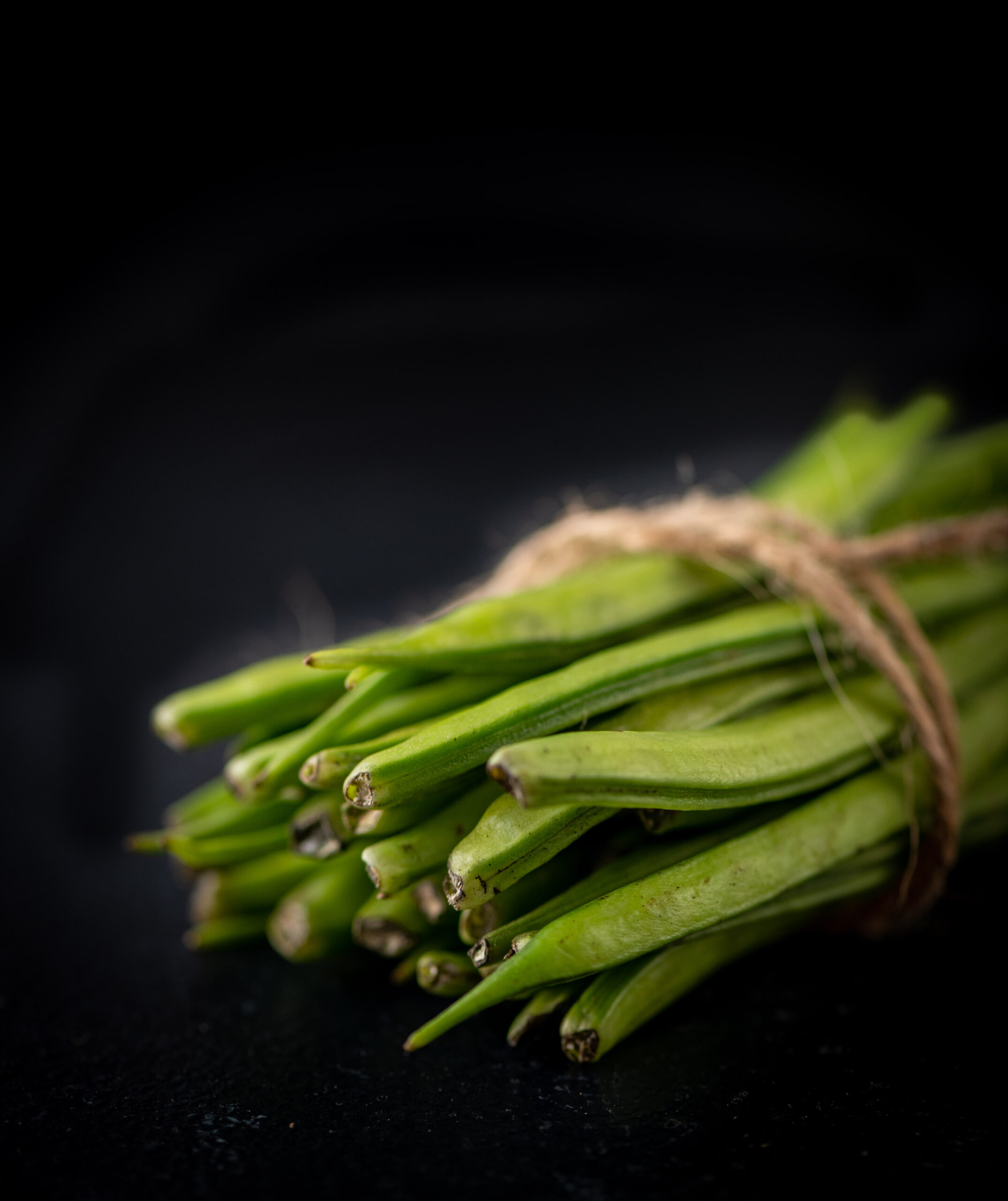
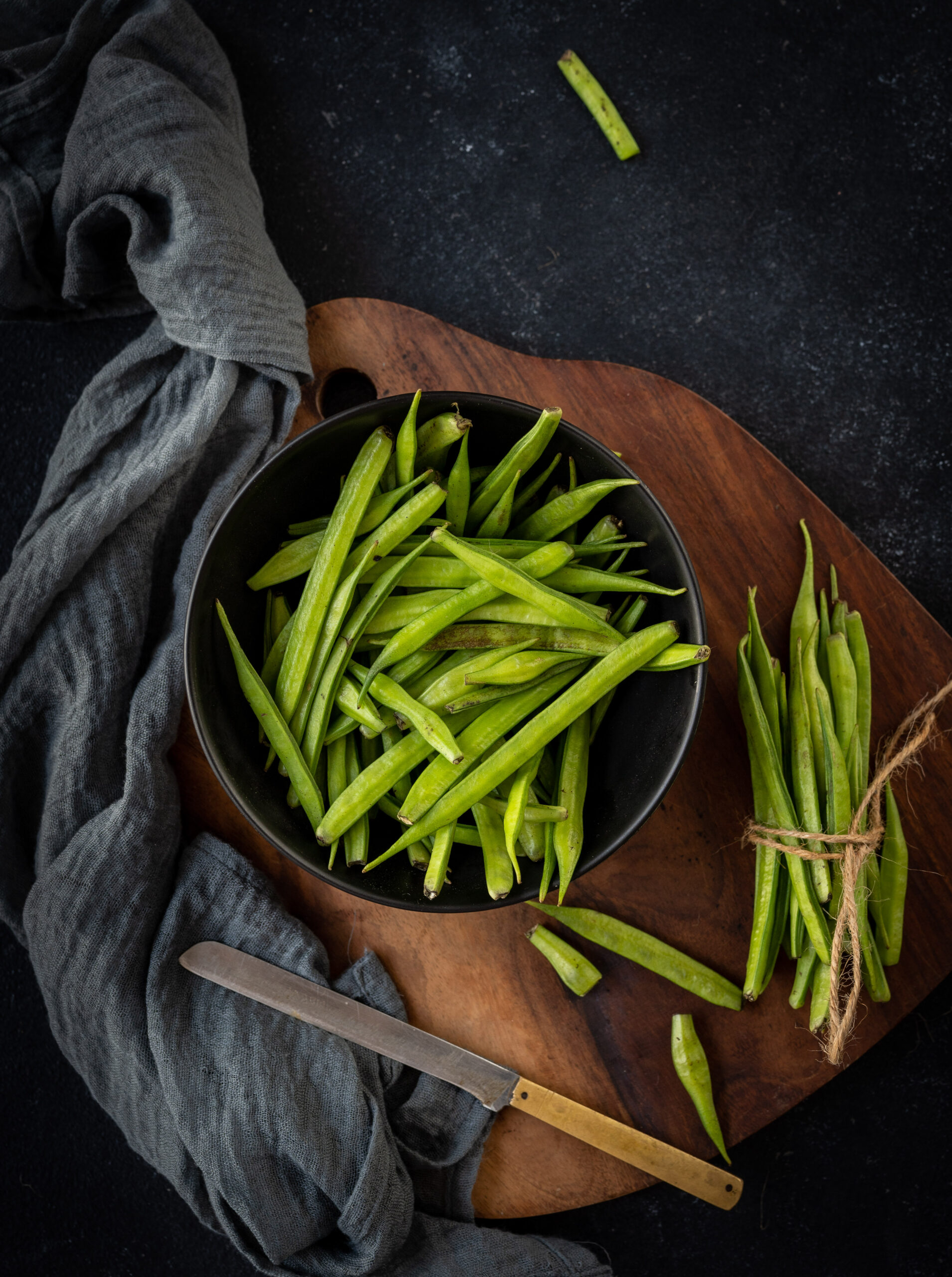
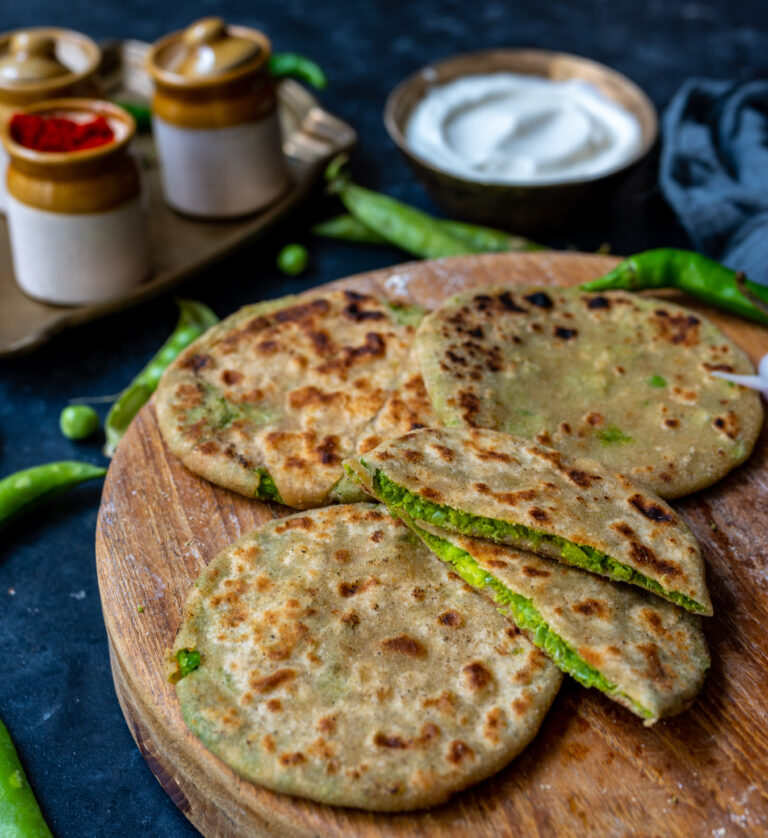
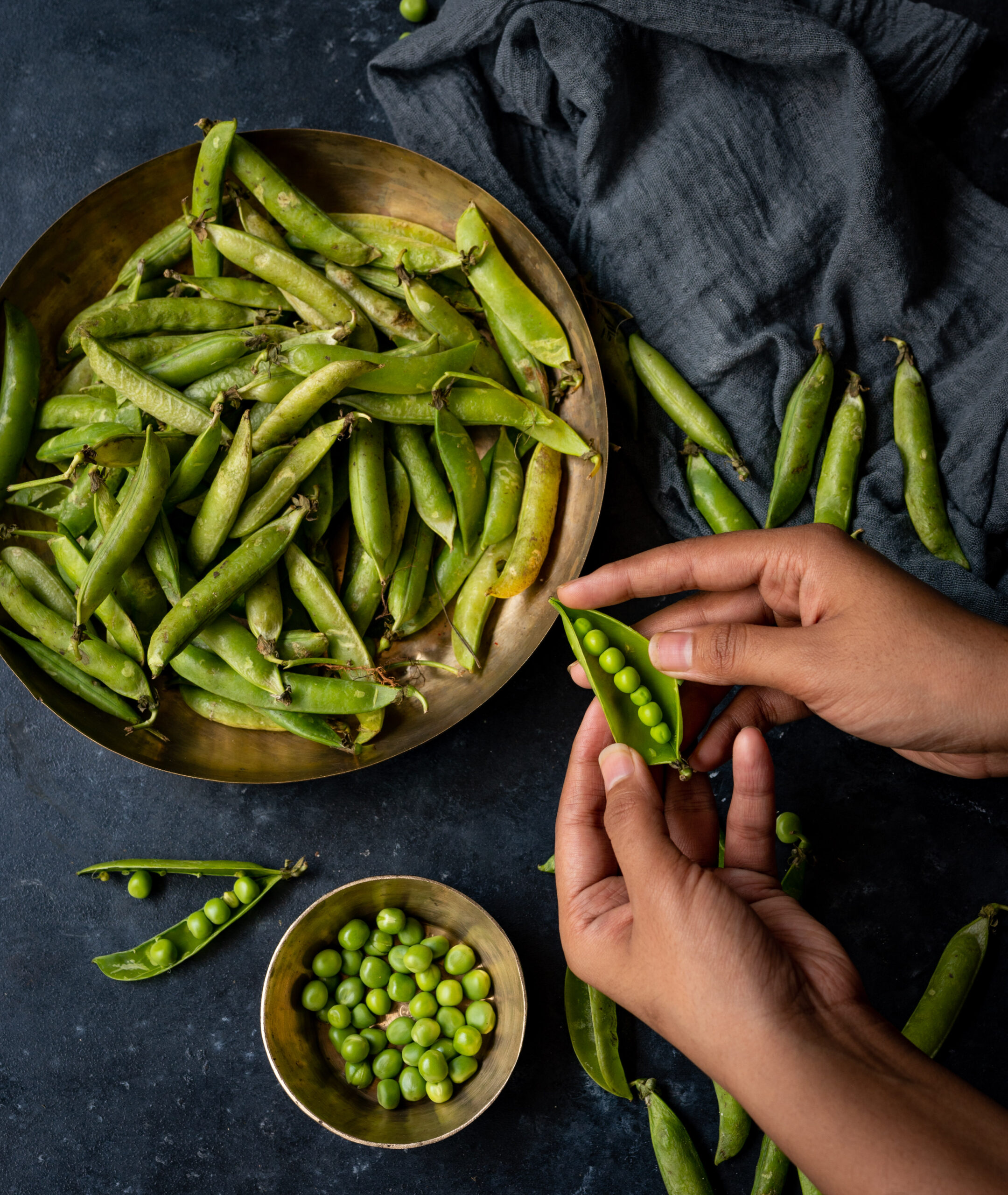

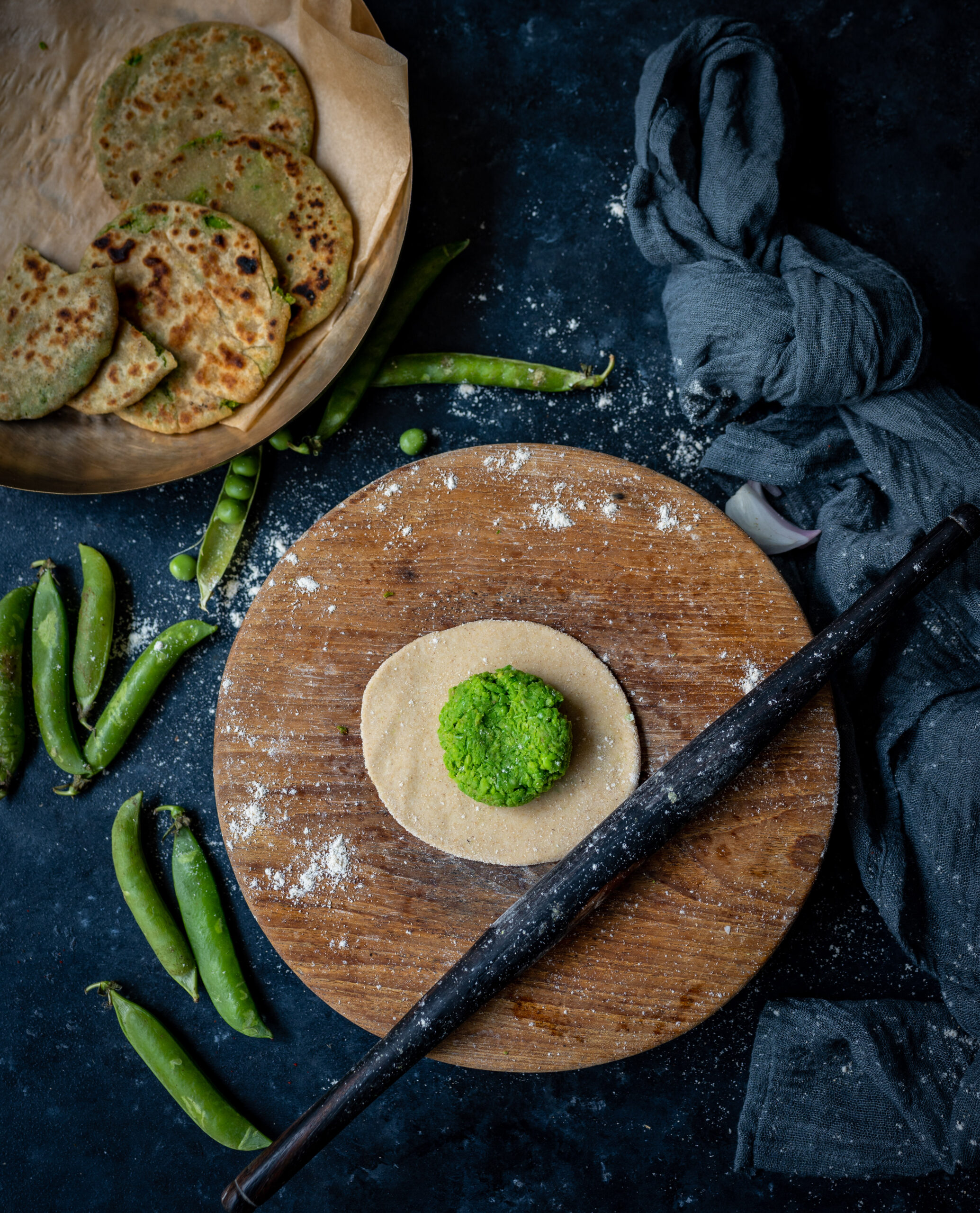
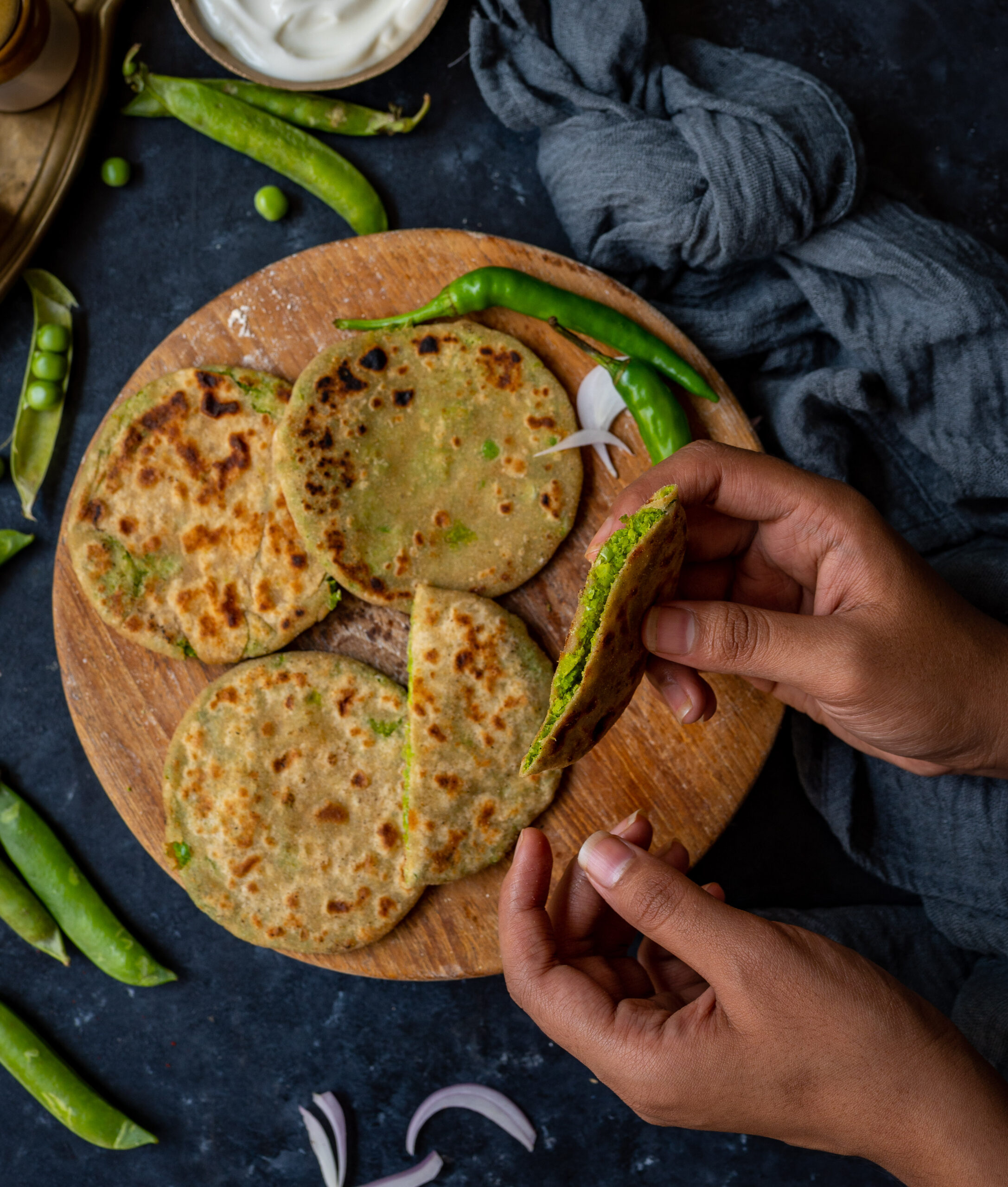
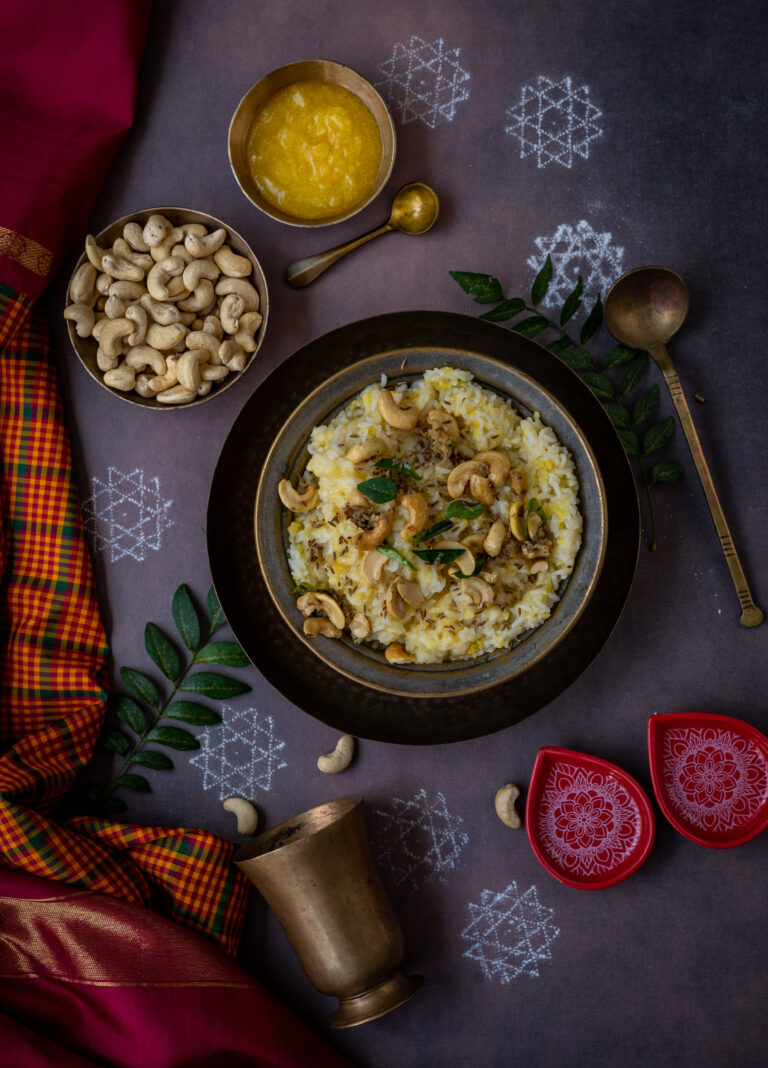
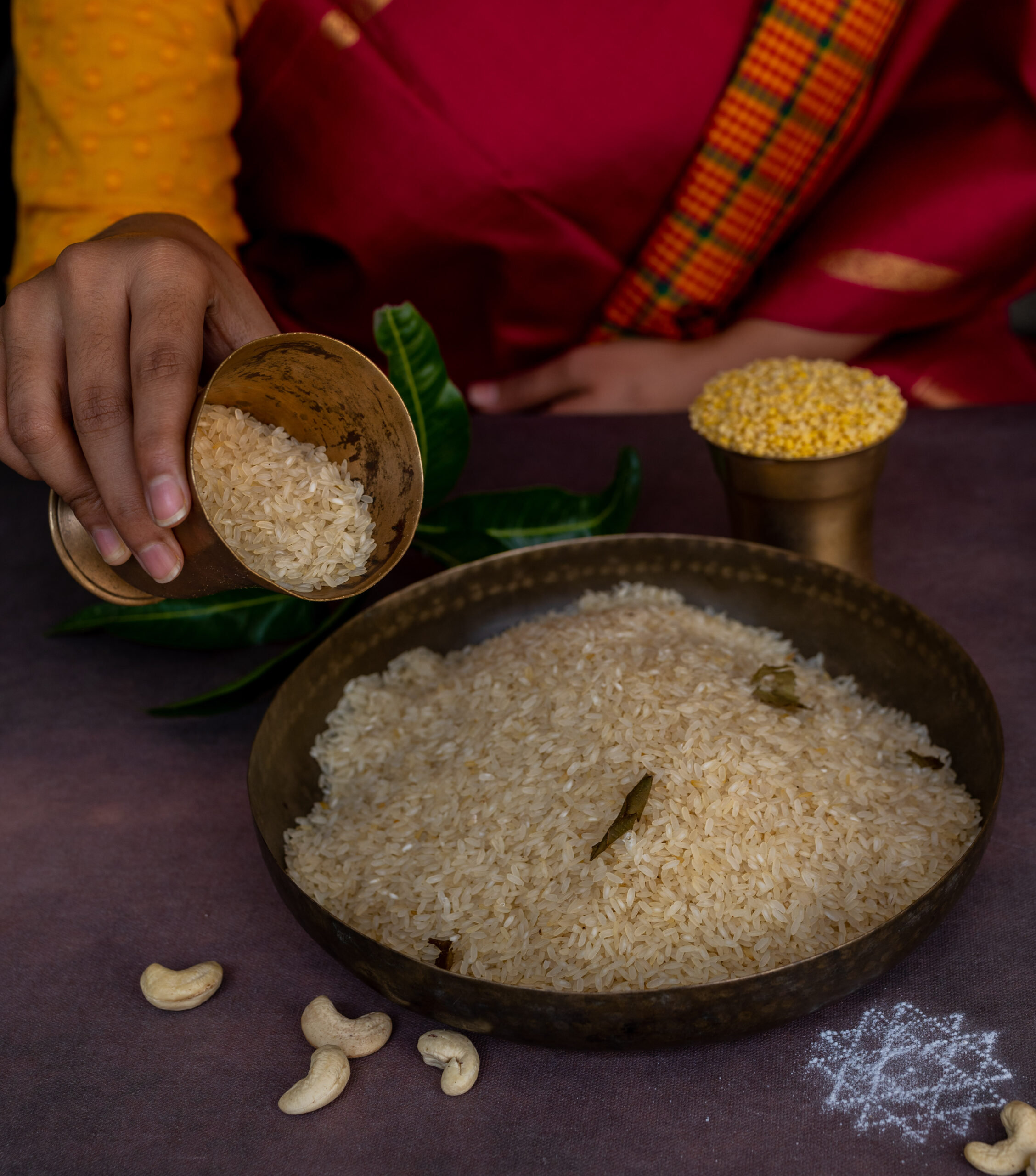

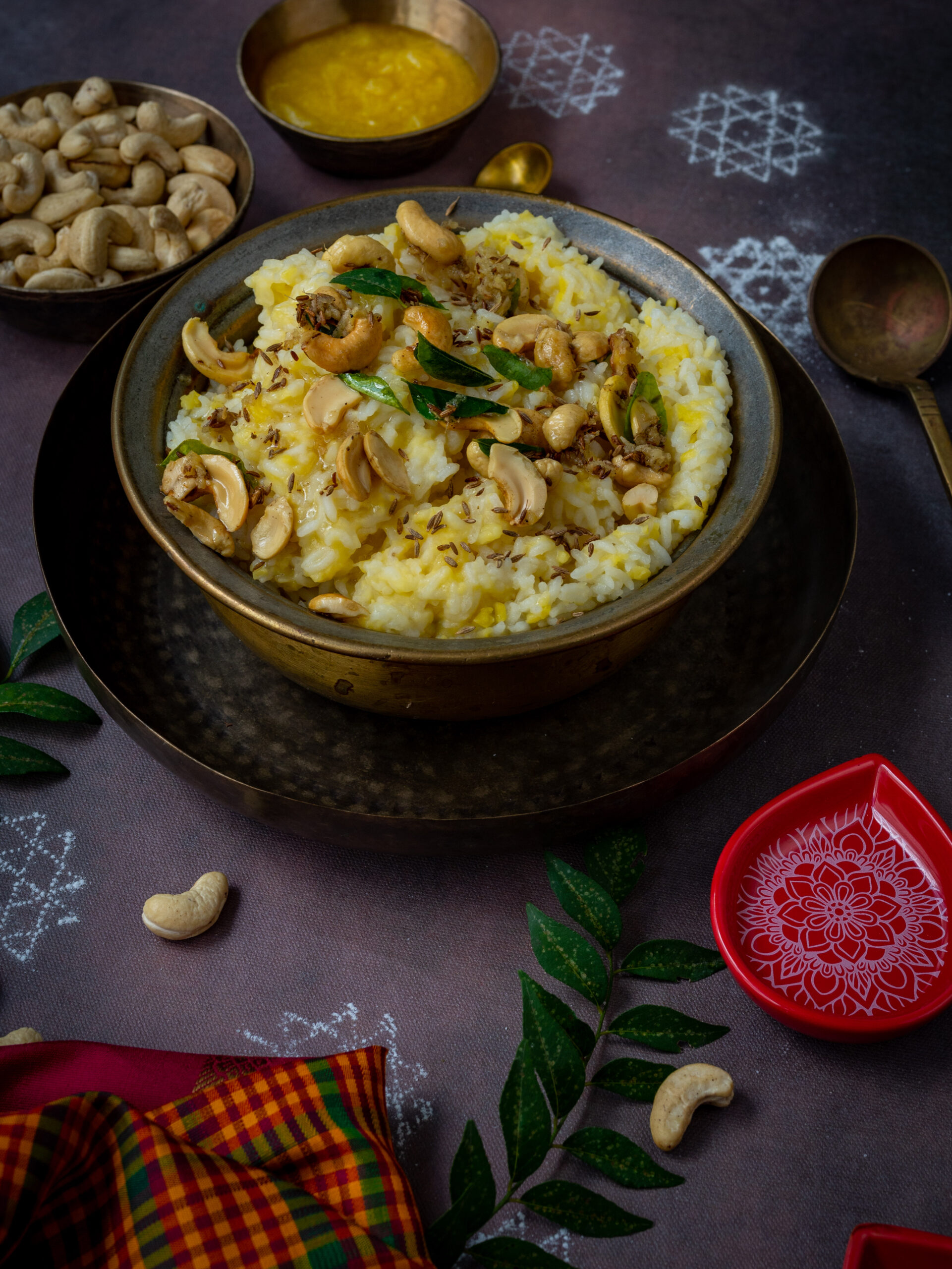
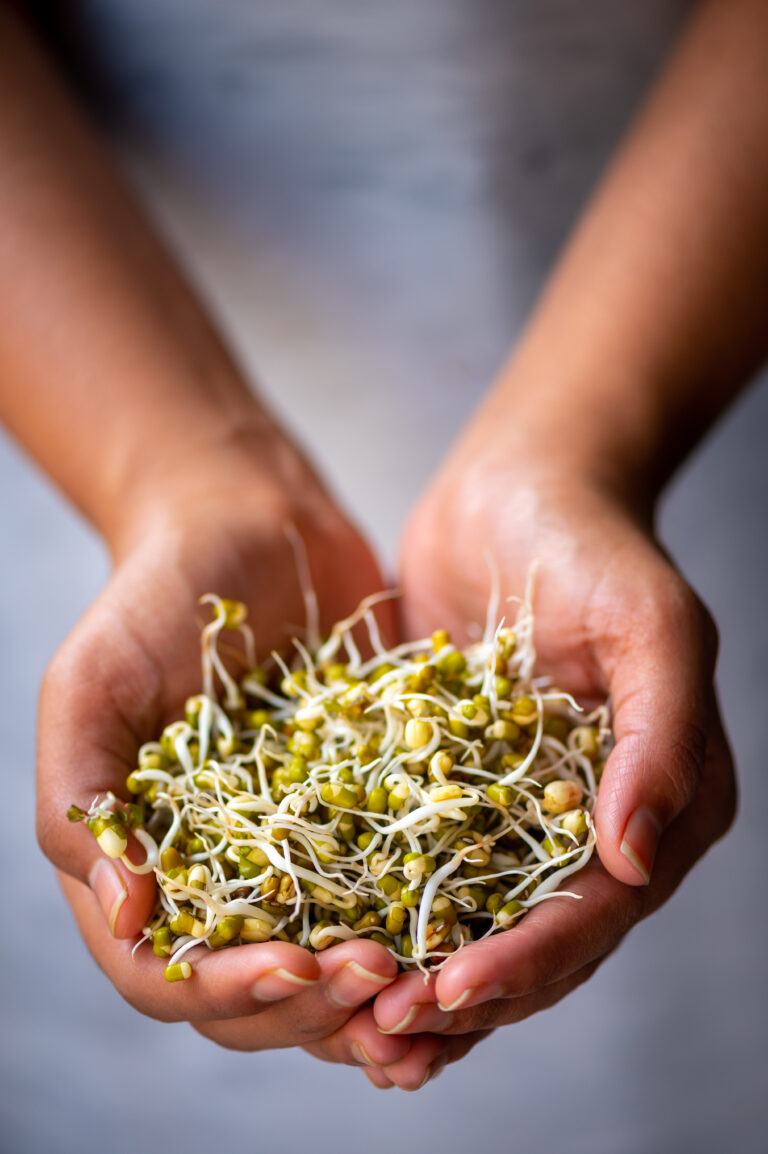
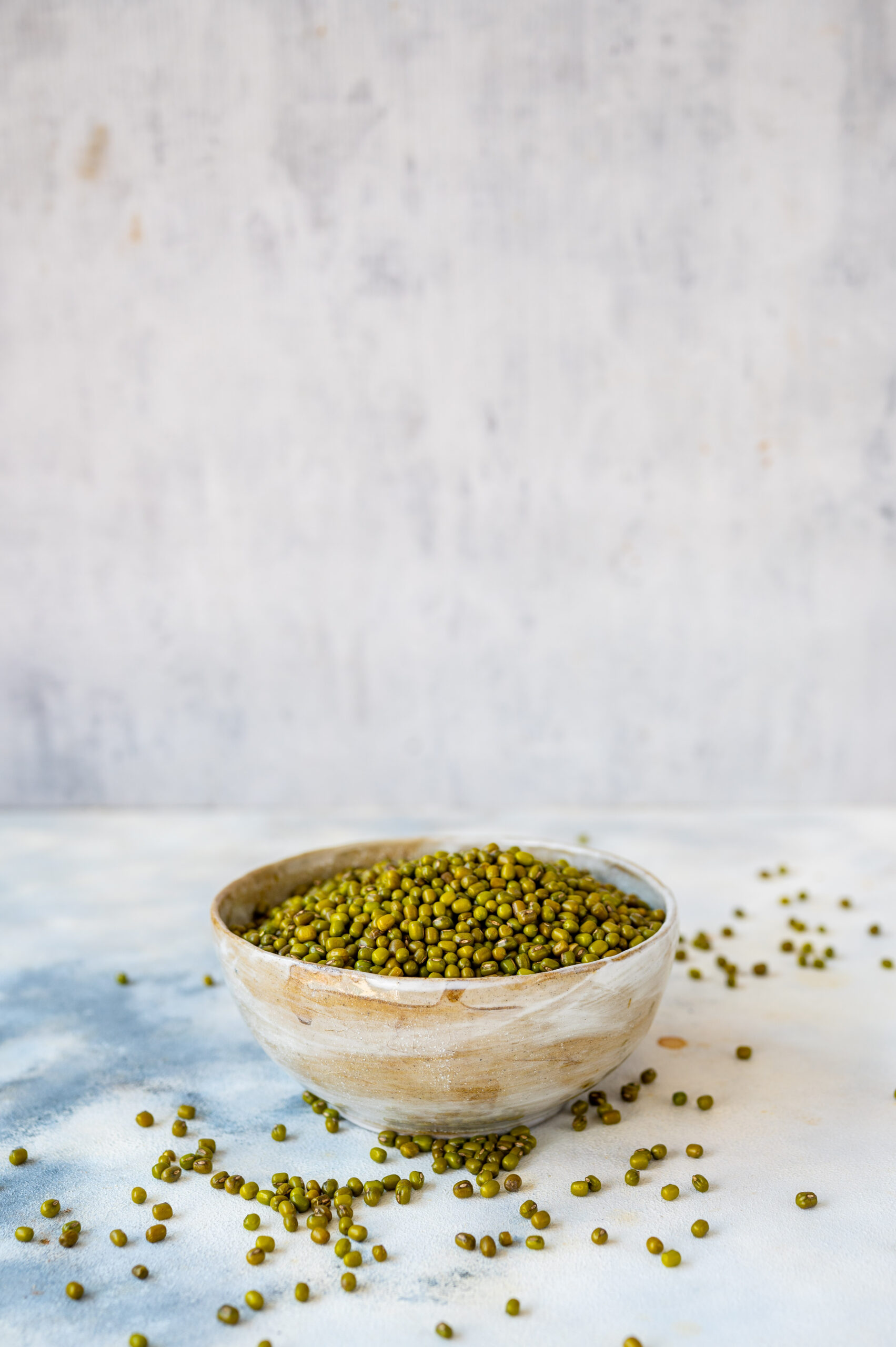
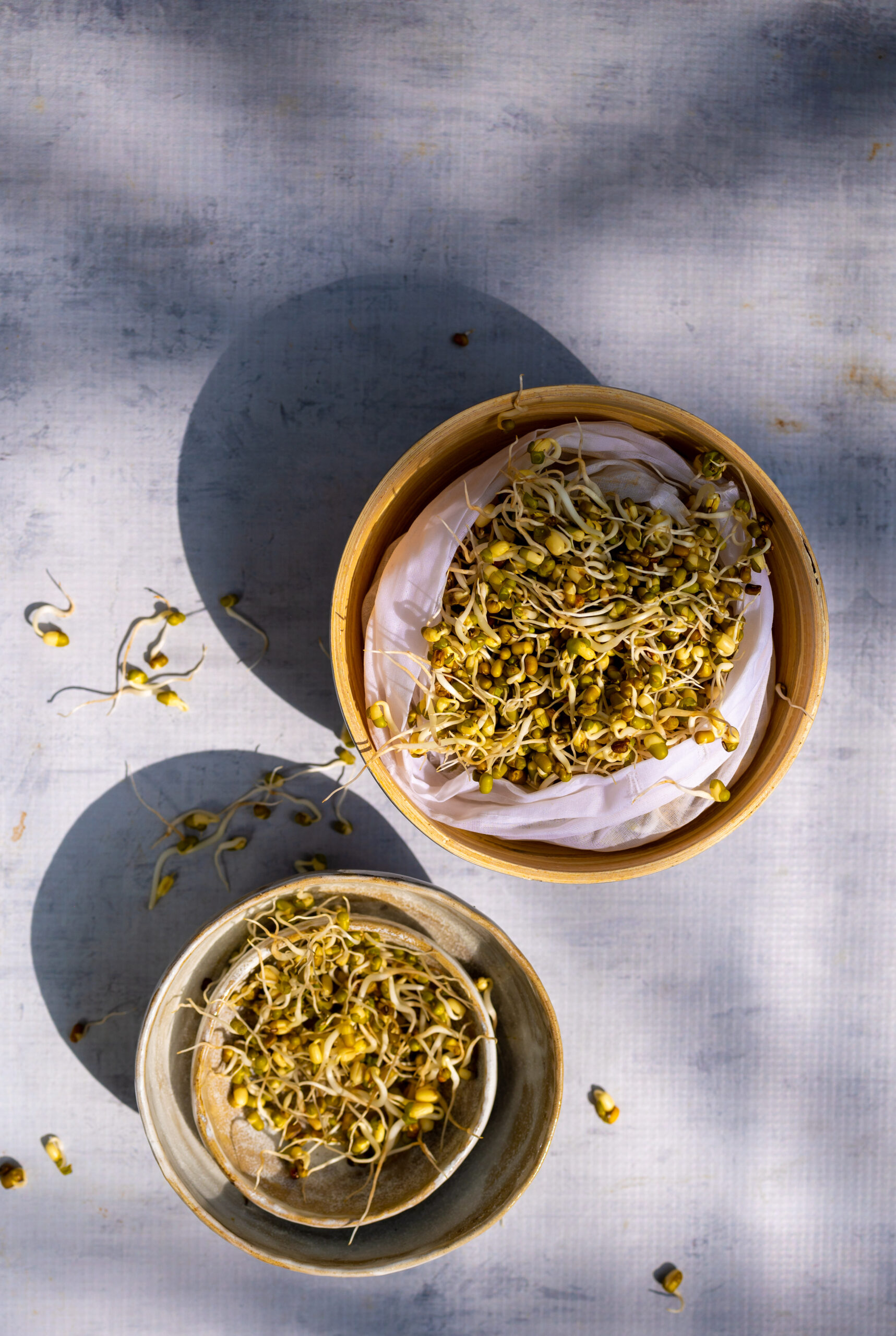
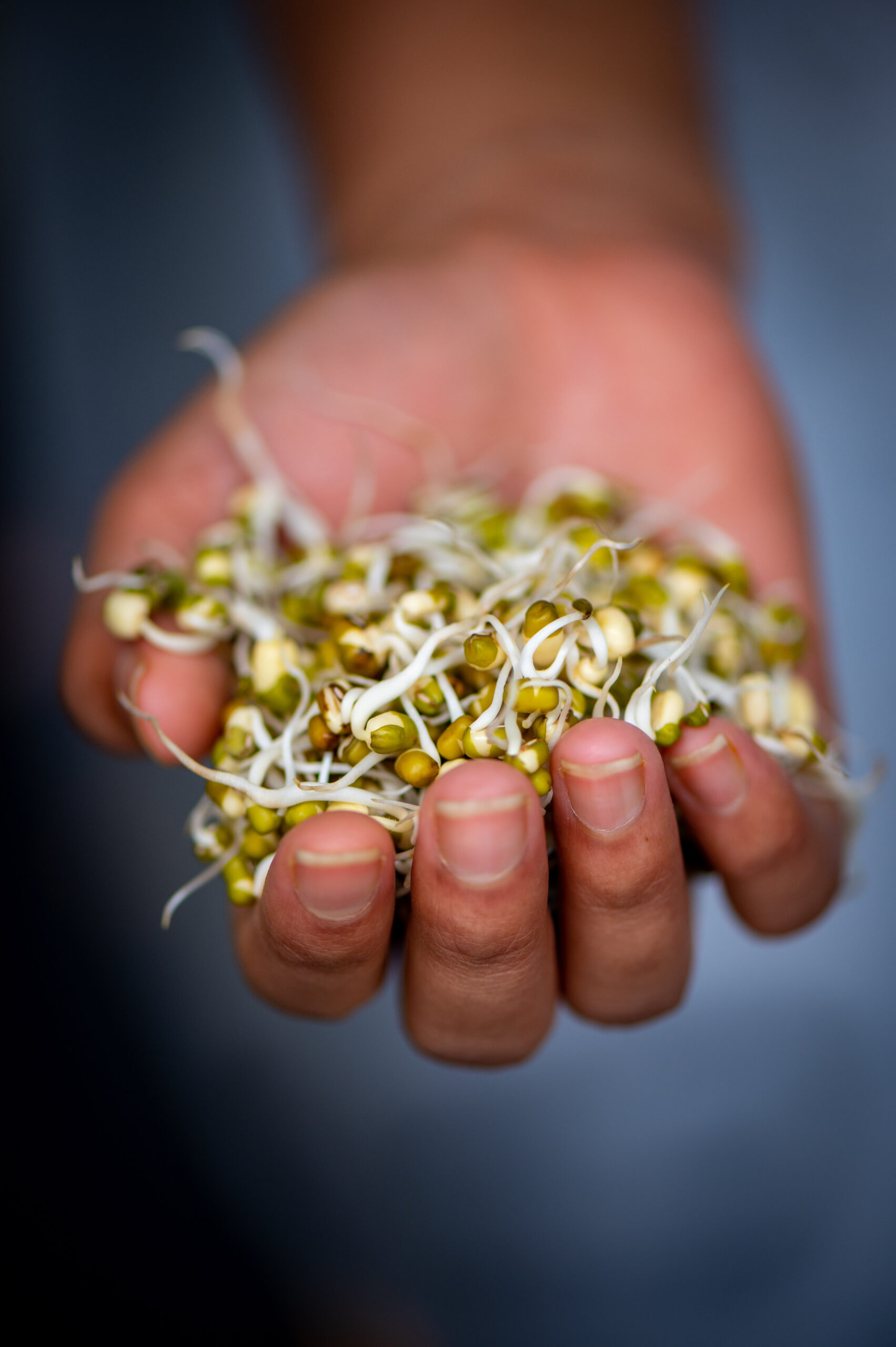
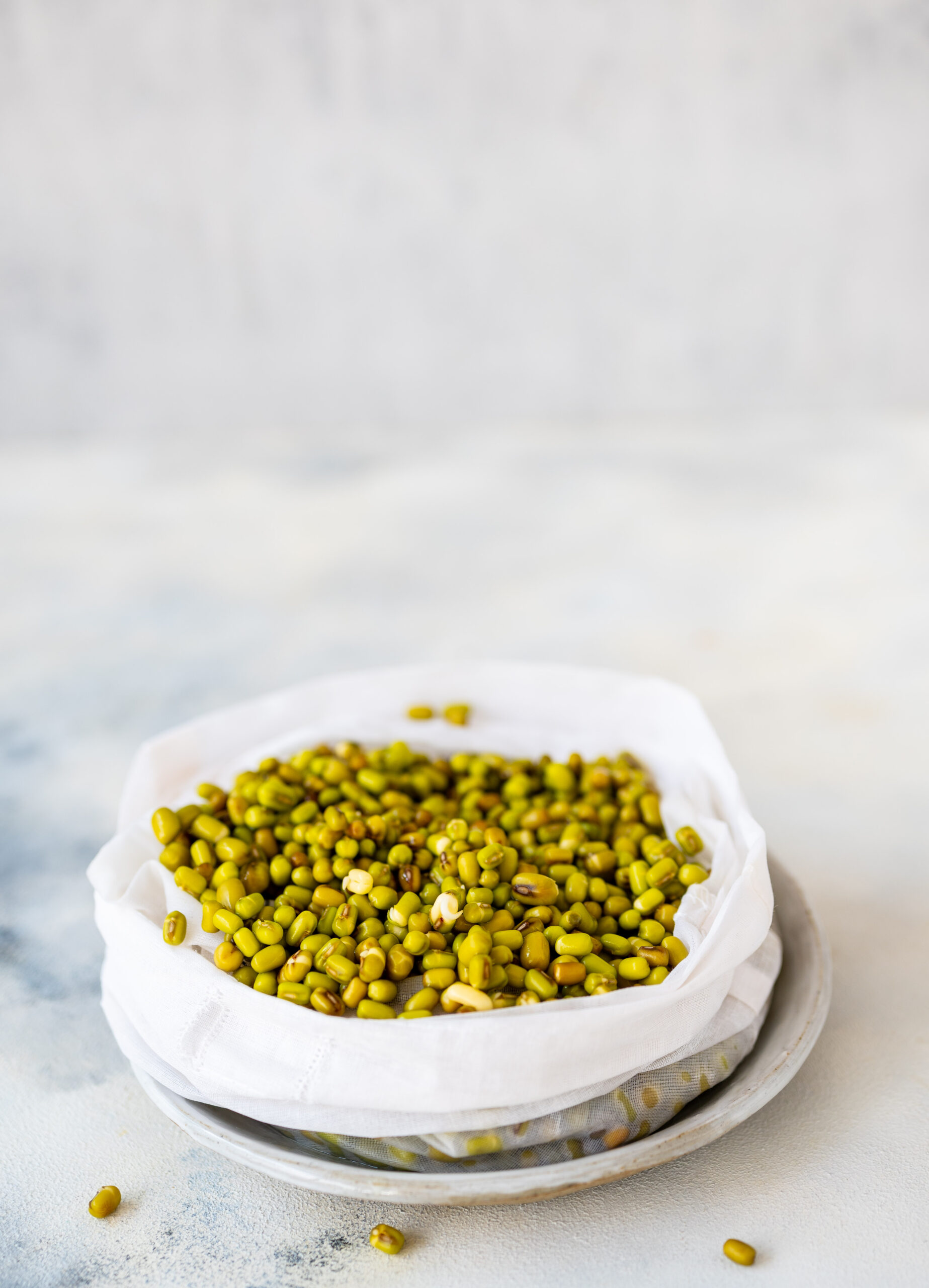 ‘
‘